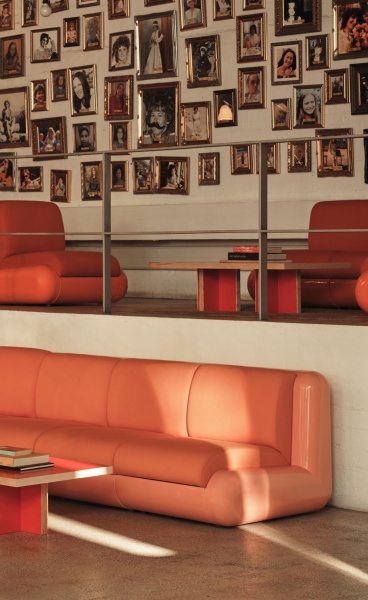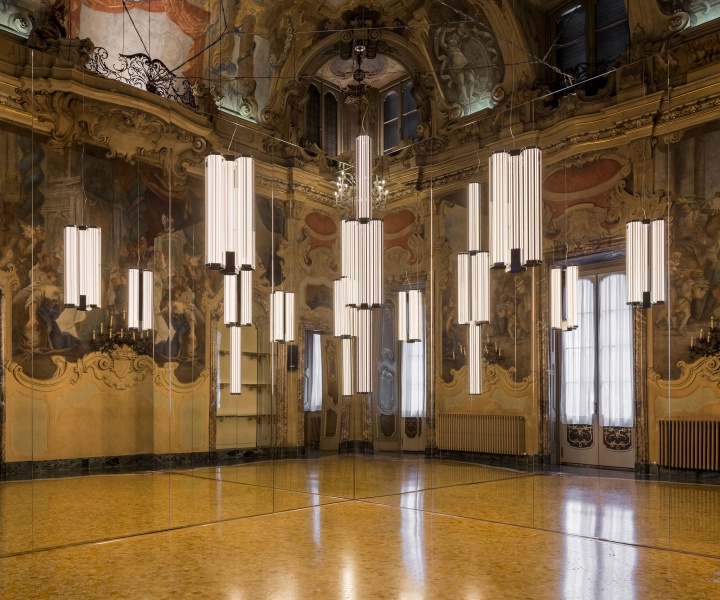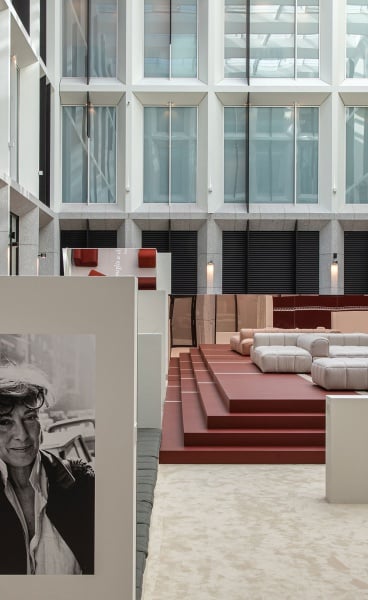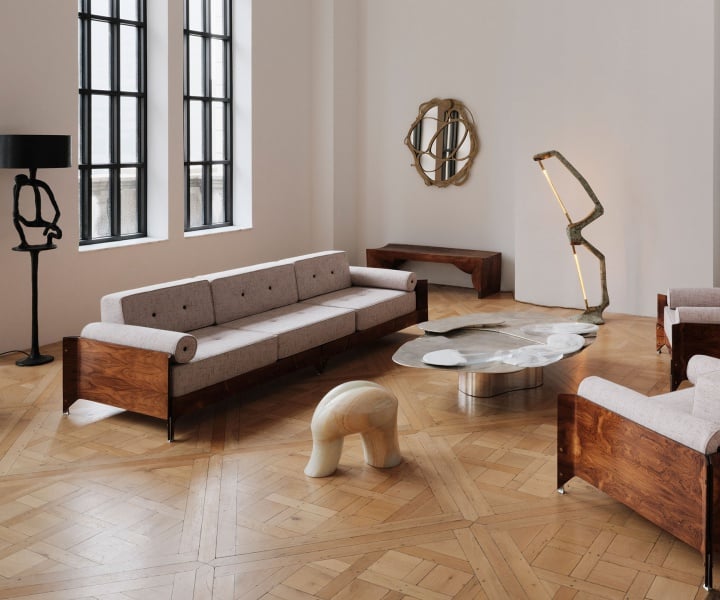Project Name
Casa TOPosted in
Hotels, ArchitectureLocation
Telephone
+52 564 157 7458Architect
Ludwig GodefroyRooms
12Official Website
www.casato.mx| Detailed Information | |||||
|---|---|---|---|---|---|
| Project Name | Casa TO | Posted in | Hotels, Architecture | Location |
Morelos s/n Brisas de Zicatela
Puerto Escondido OAX 70934 |
| Telephone | +52 564 157 7458 | [email protected] | Architect | Ludwig Godefroy | |
| Rooms | 12 | Official Website | www.casato.mx | ||
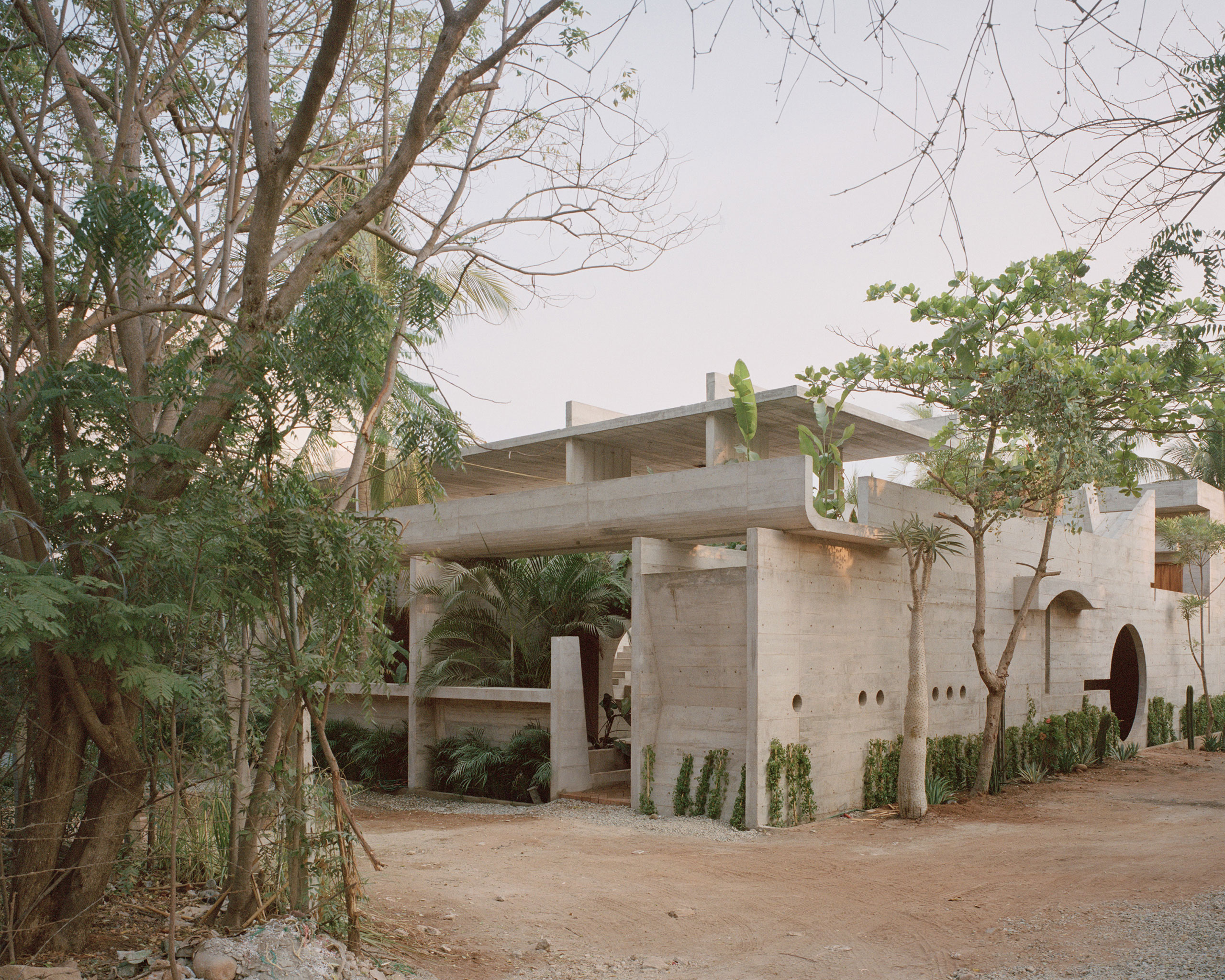
Photography by Rory Gardiner.
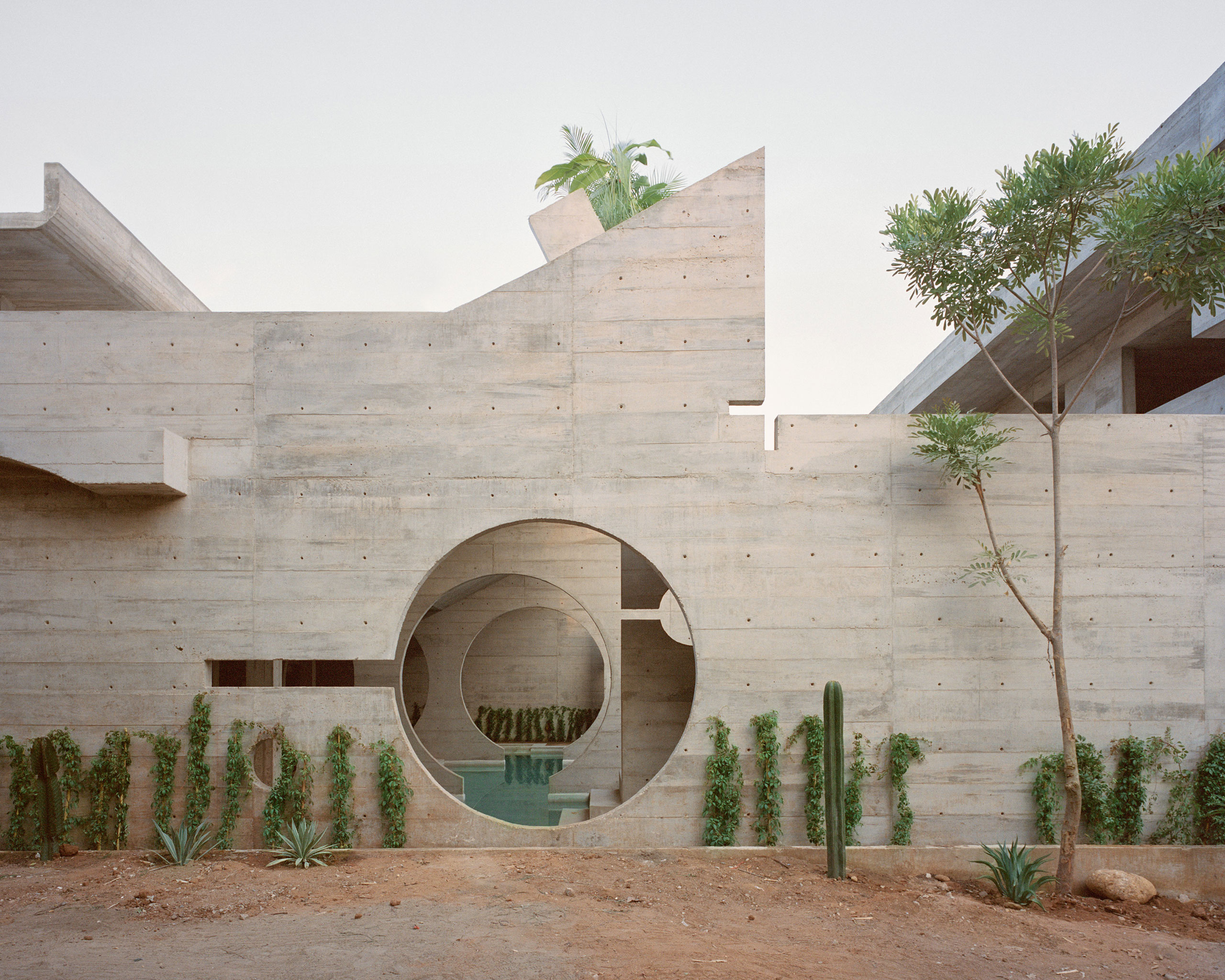
Photography by Rory Gardiner.
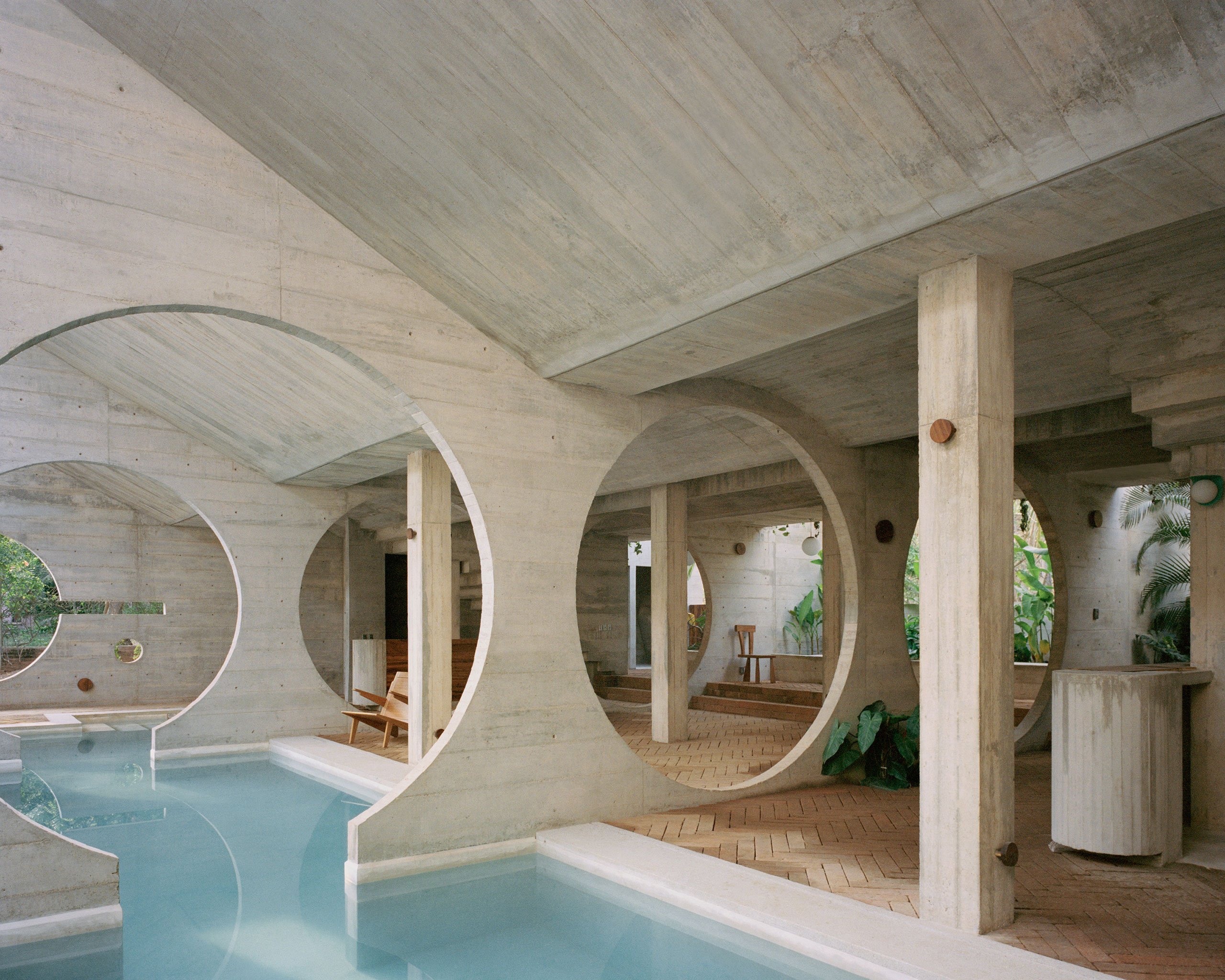
Photography by Rory Gardiner.
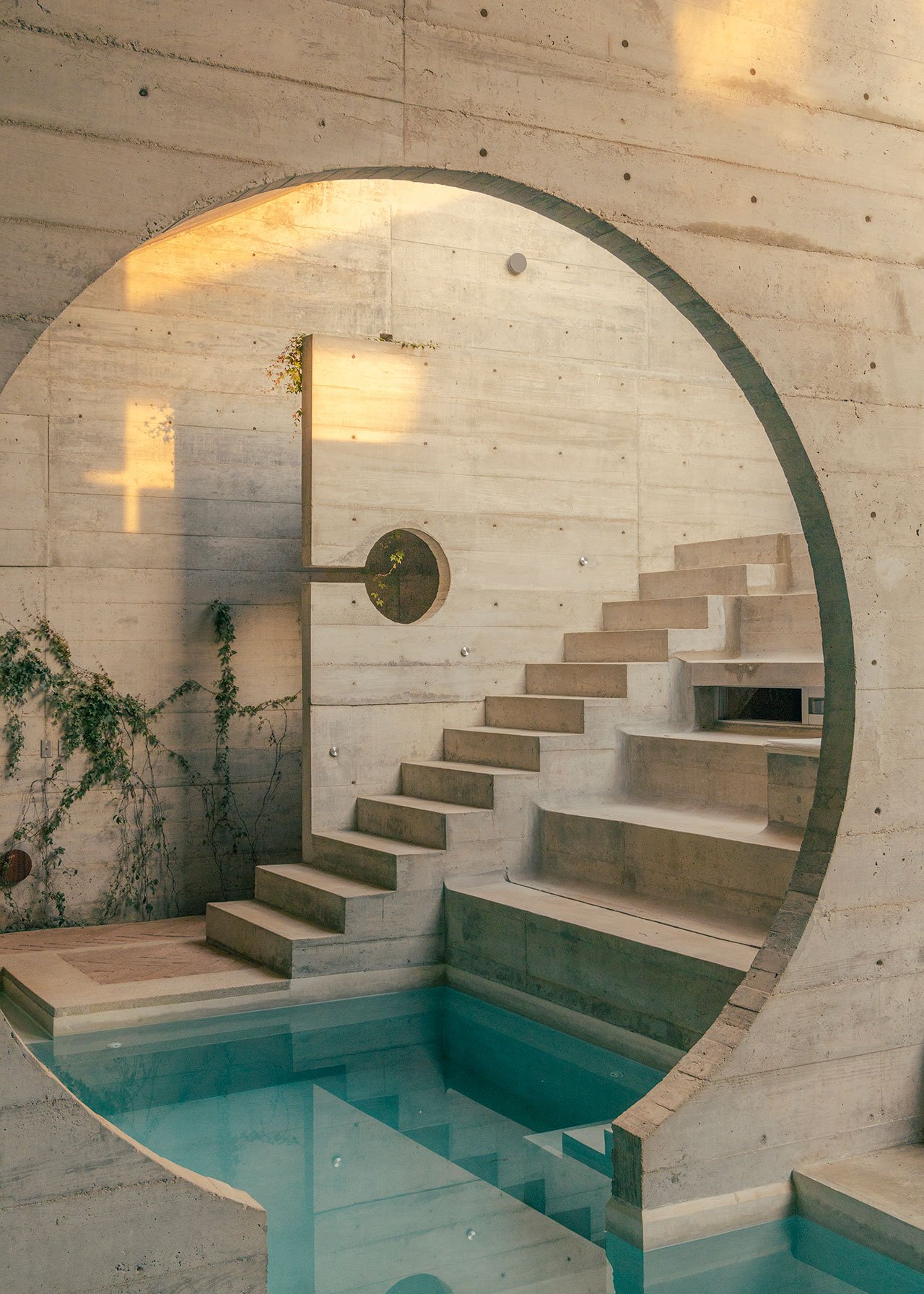
Photography by Romain Laprade.
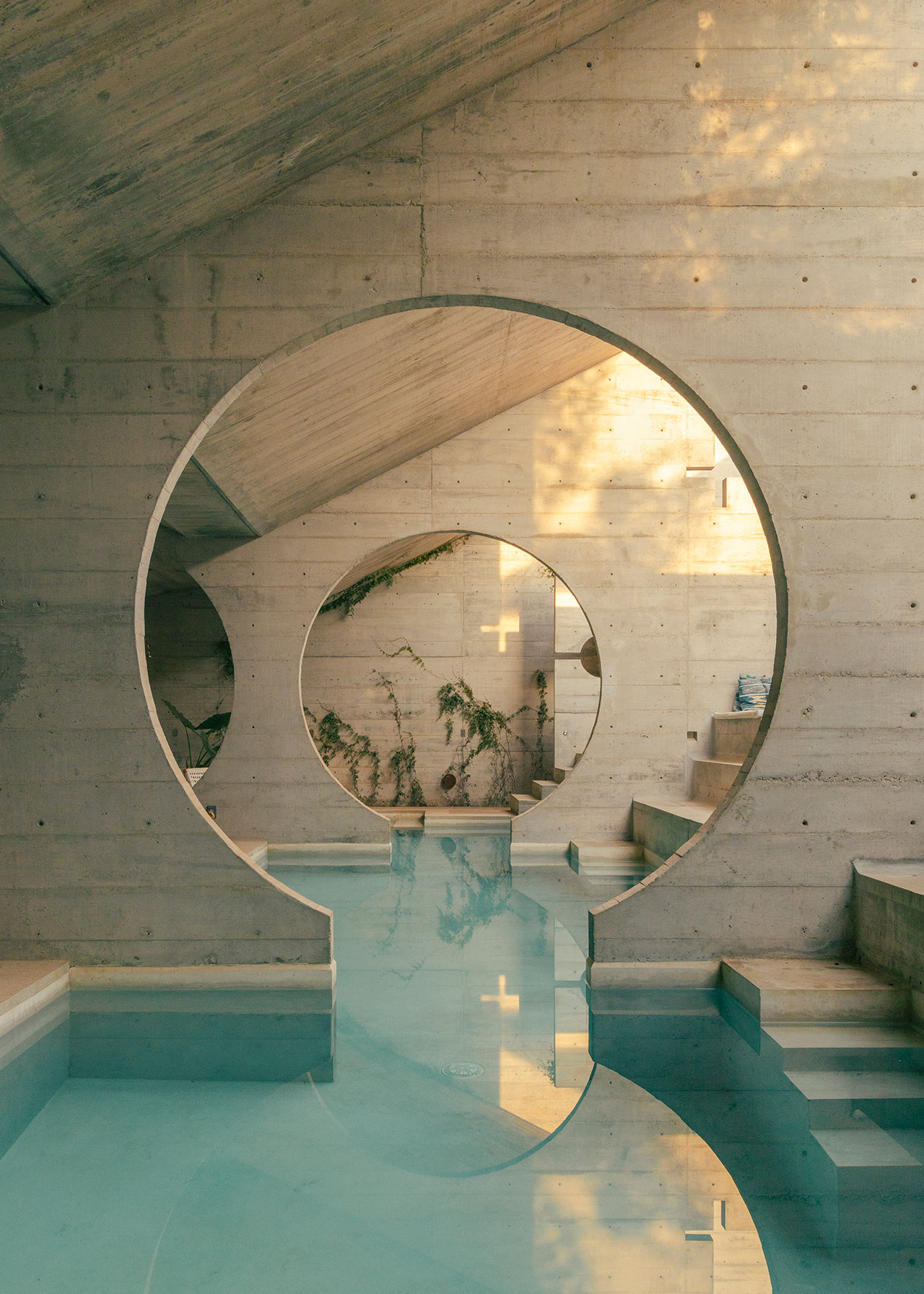
Photography by Romain Laprade.
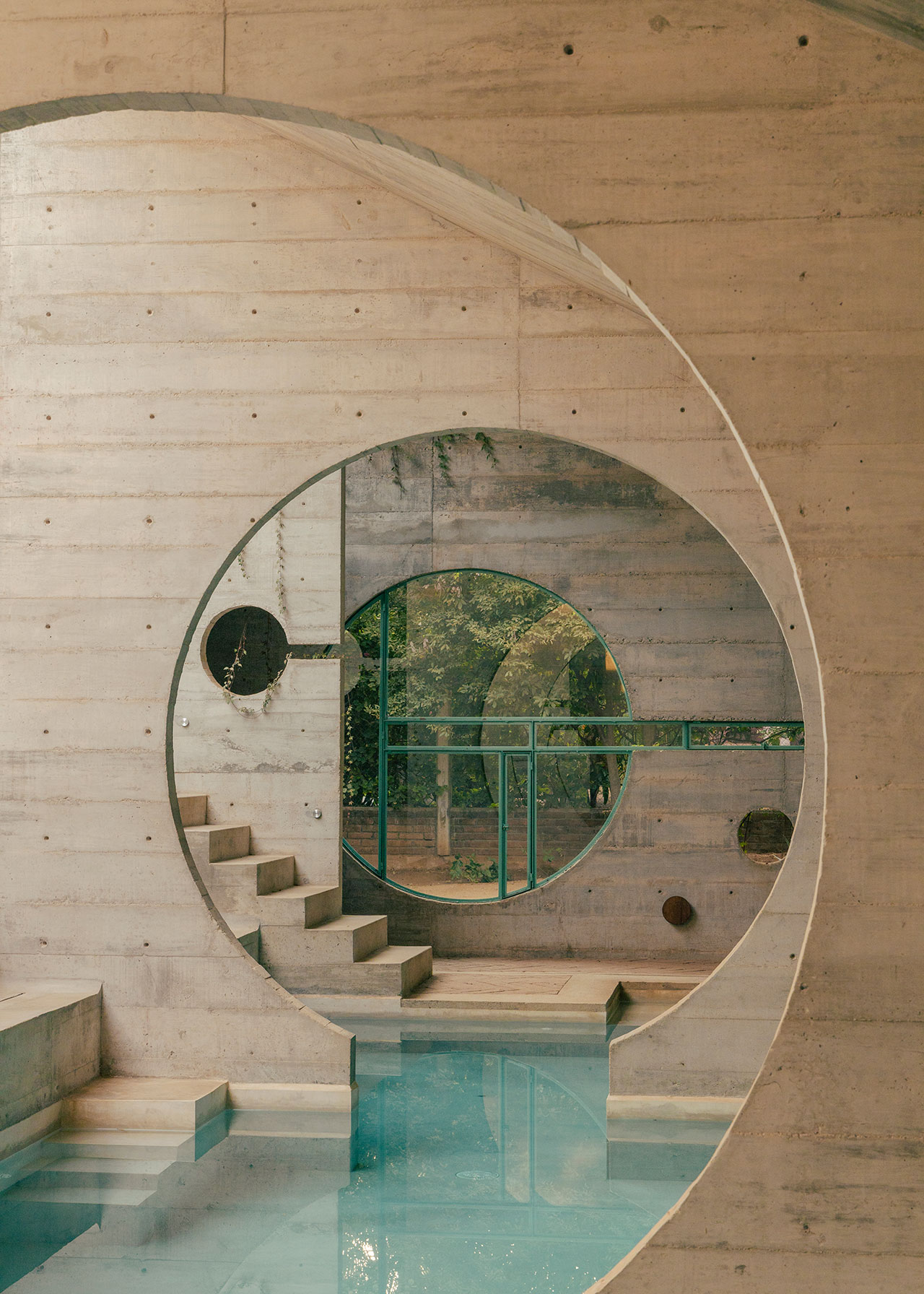
Photography by Romain Laprade.
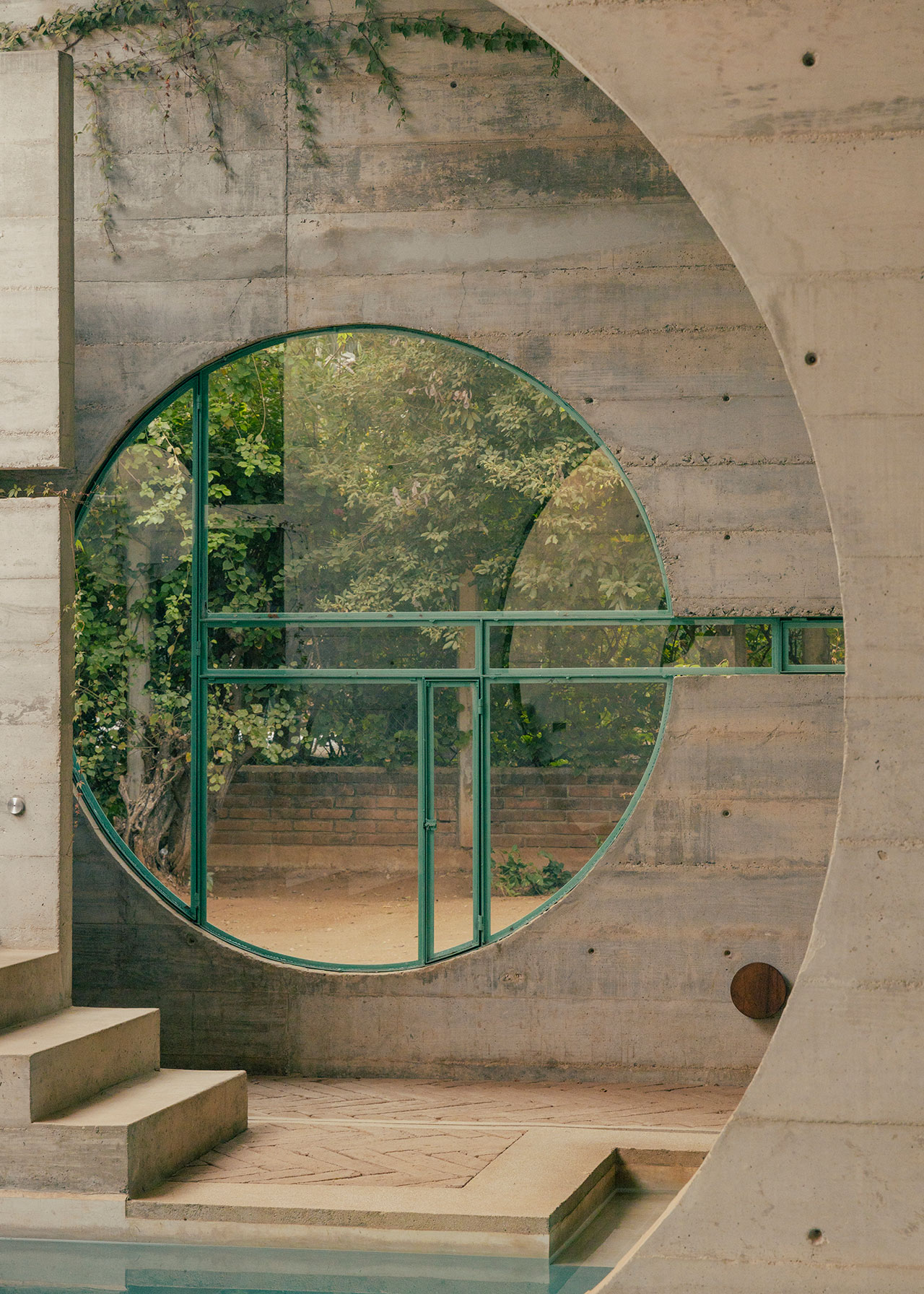
Photography by Romain Laprade.
Casa TO is centred around a cavernous space dominated by a pool stretching across the building’s entire length with the reception and lounge area running alongside it. Built entirely from cast-in-situ concrete, the cave-like space was inspired by two historic underground cisterns, namely the 6th century Basilica Cistern, also known as Yerebatan Sarayi, the largest of several hundred Byzantine cisterns that lie beneath the city of Istanbul, and the 19th century Hornsey Wood Reservoir in London’s Finsbury Park.
Transversal walls punctured by circular cutouts segment the area into more intimate sections so as to offer guests privacy while wide openings showcase the lush gardens or views of the sky as well as facilitate natural ventilation. Vaulted ceilings and stepped seating serve to guide guests from their suites down to the water's edge or upwards to a rooftop, adding to the architecture’s complexity and further enhancing the sensation of an ancient pre-Hispanic temple combined with the climbing plants and banana and passion fruit trees that envelop the structure.
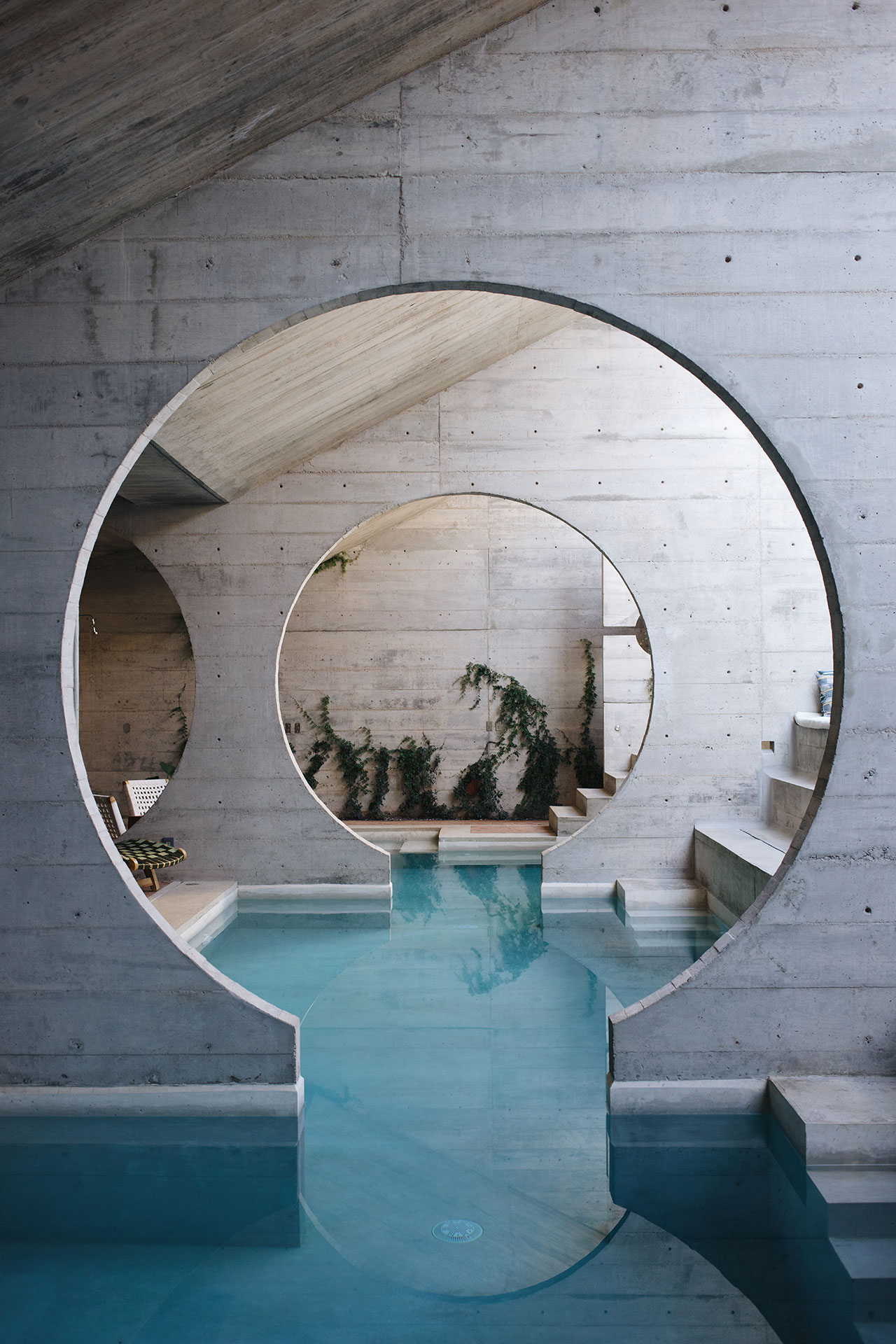
Photography by Nicole Arcuschin.
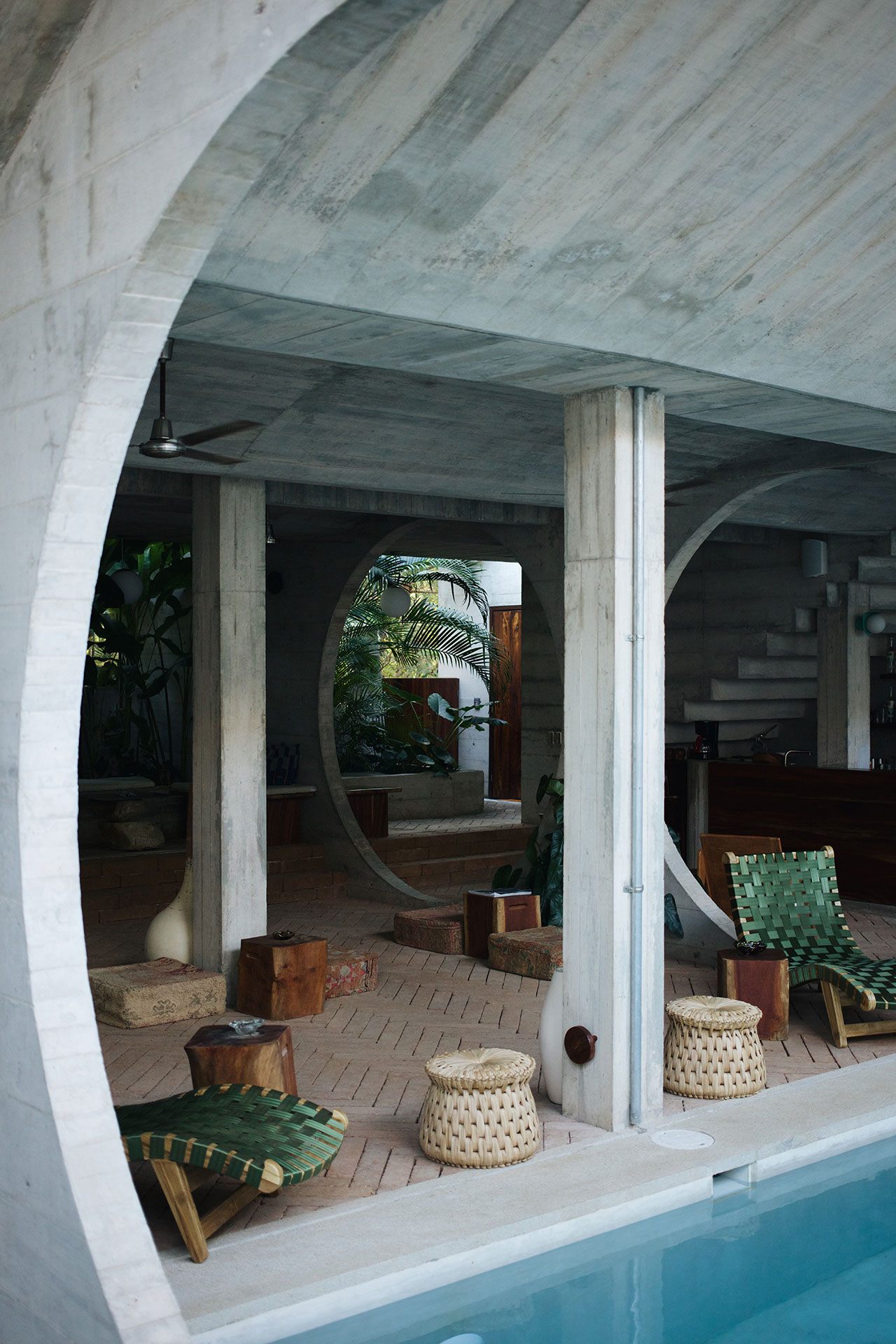
Photography by Nicole Arcuschin.
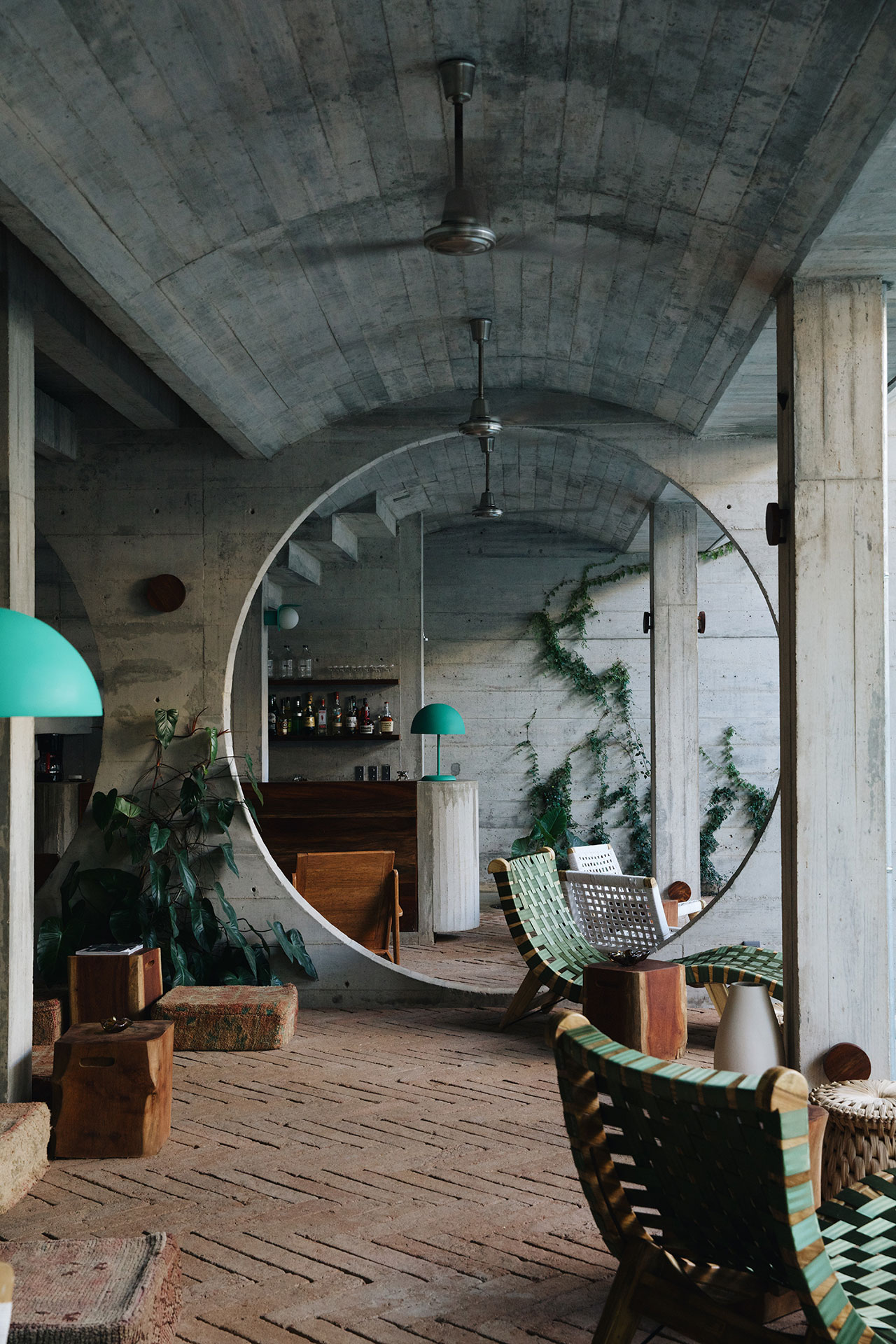
Photography by Nicole Arcuschin.
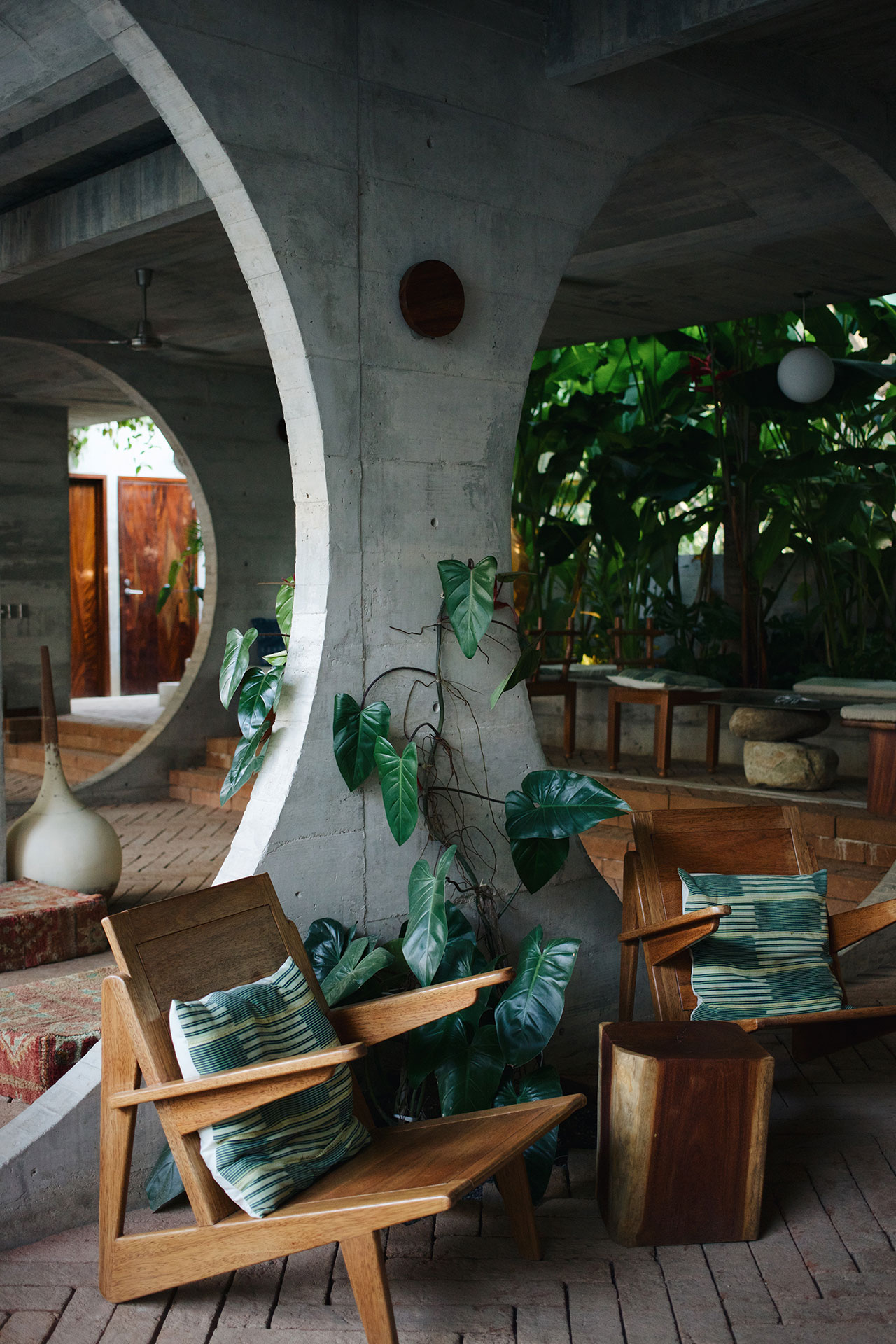
Photography by Nicole Arcuschin.
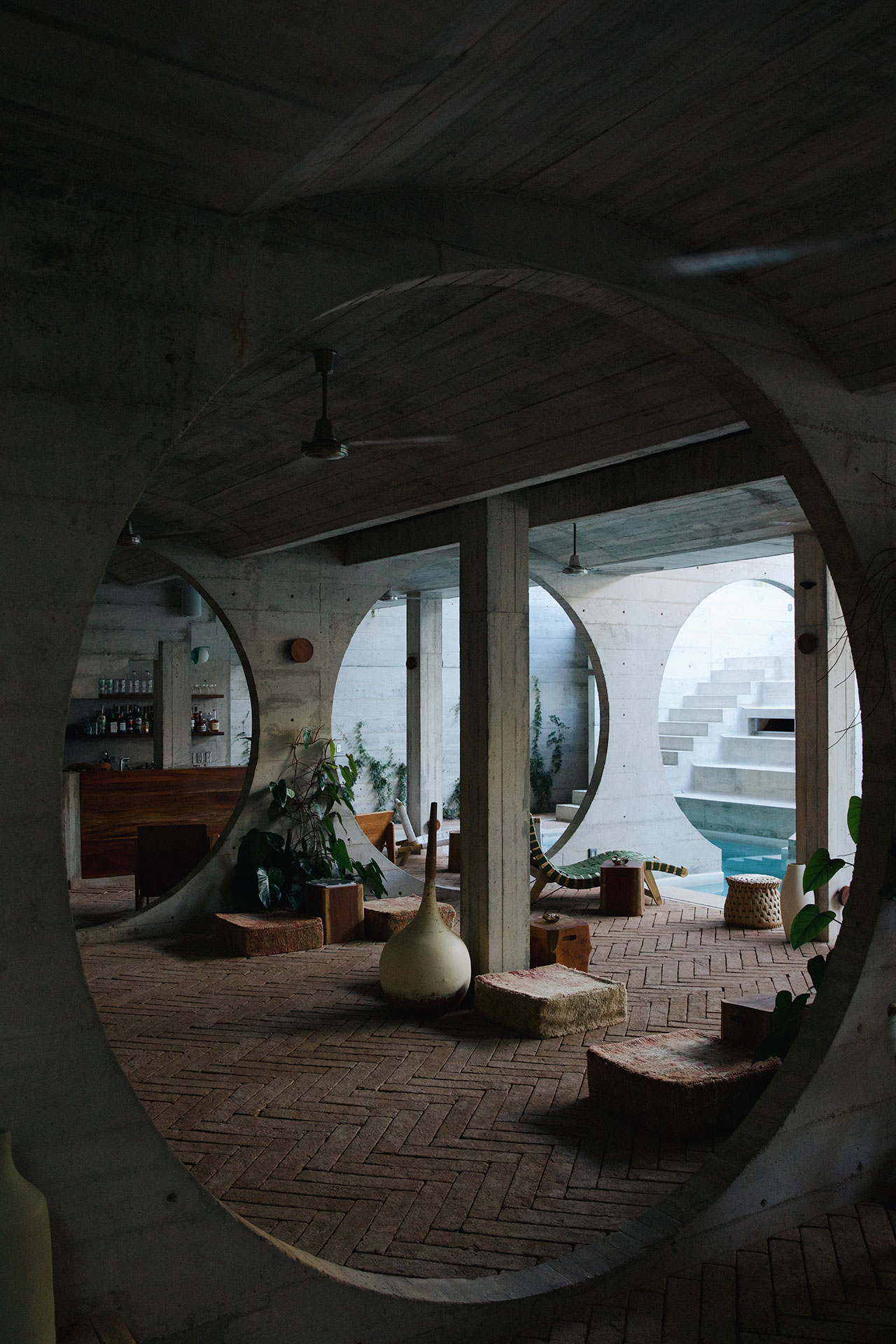
Photography by Nicole Arcuschin.
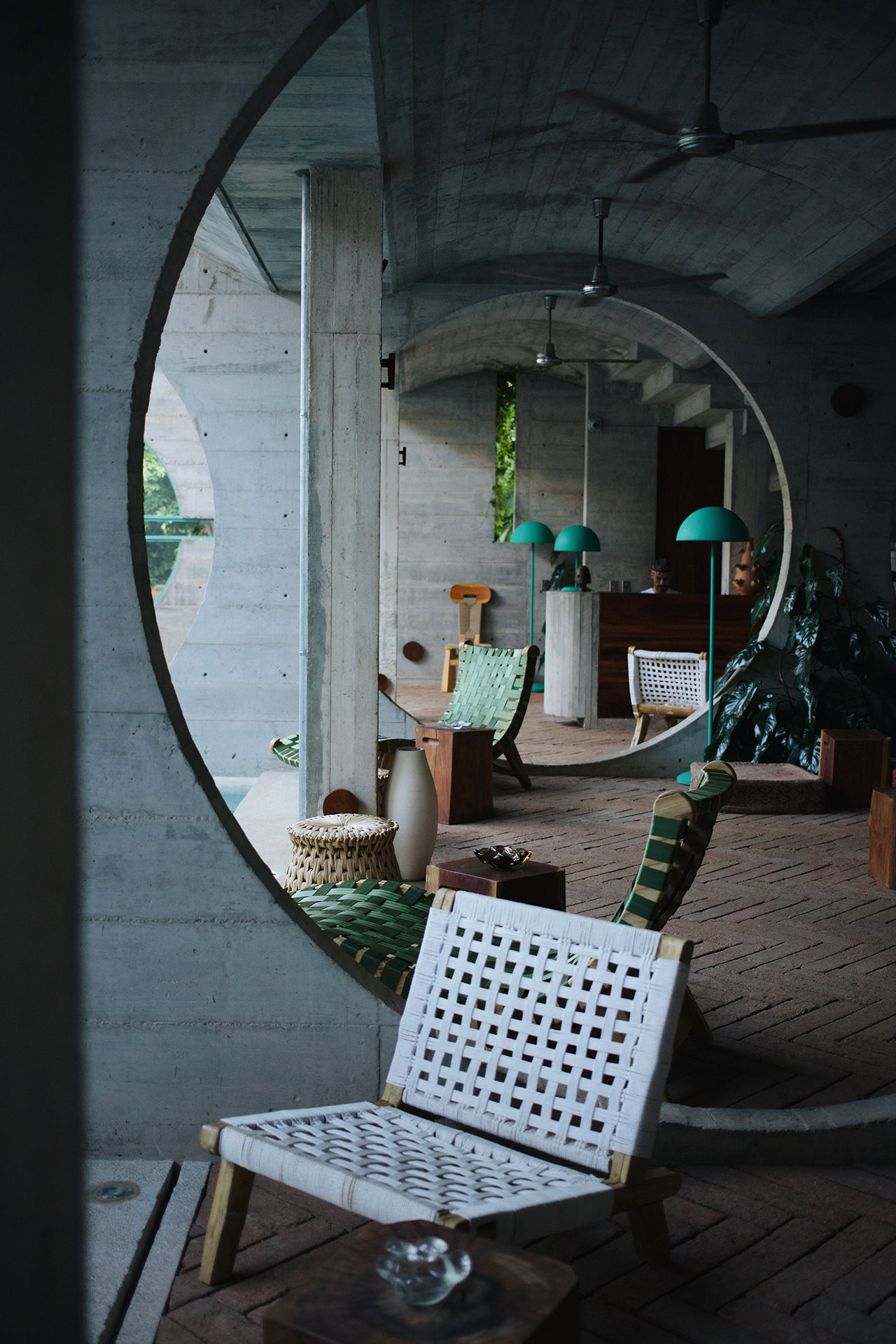
Photography by Nicole Arcuschin.
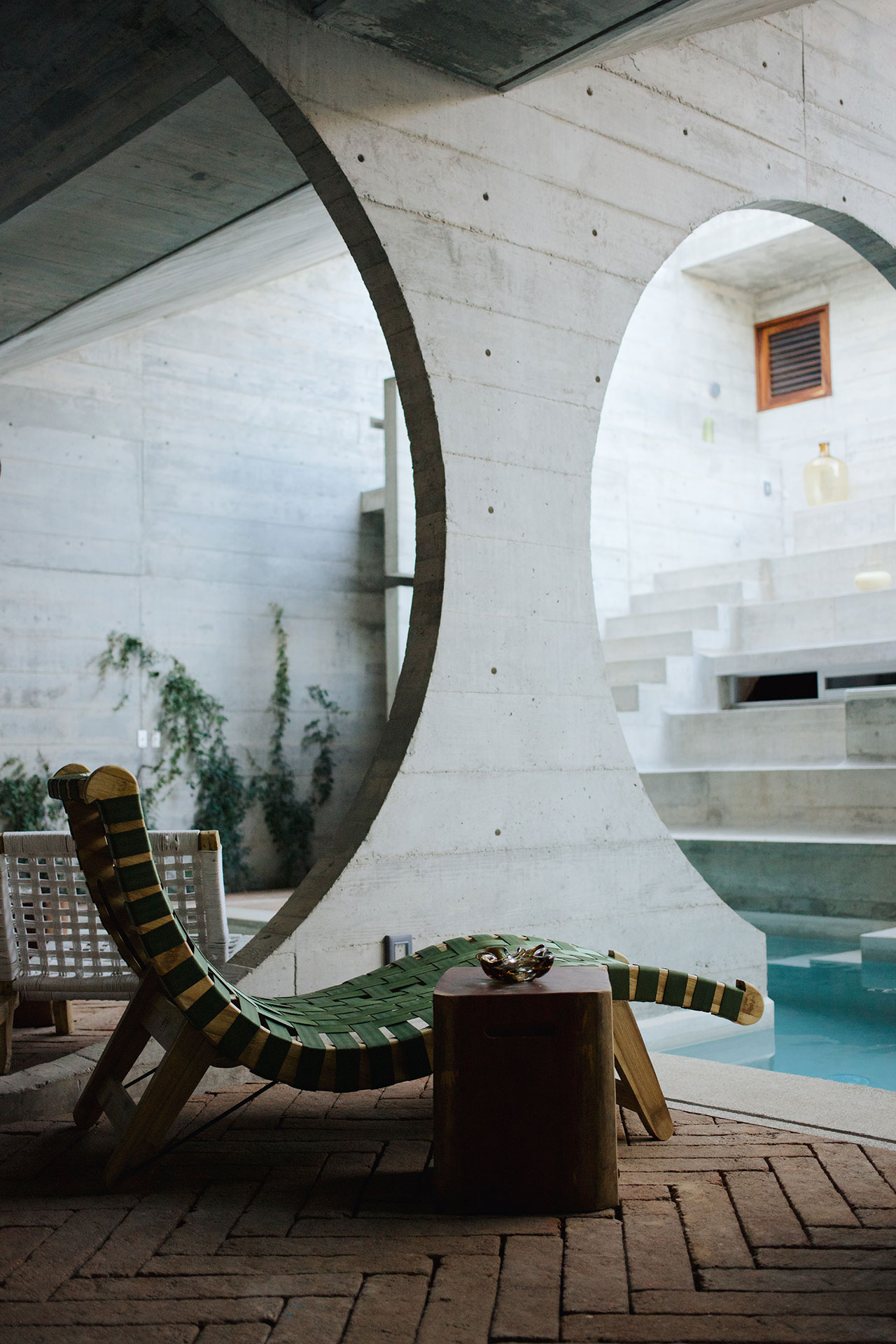
Photography by Nicole Arcuschin.
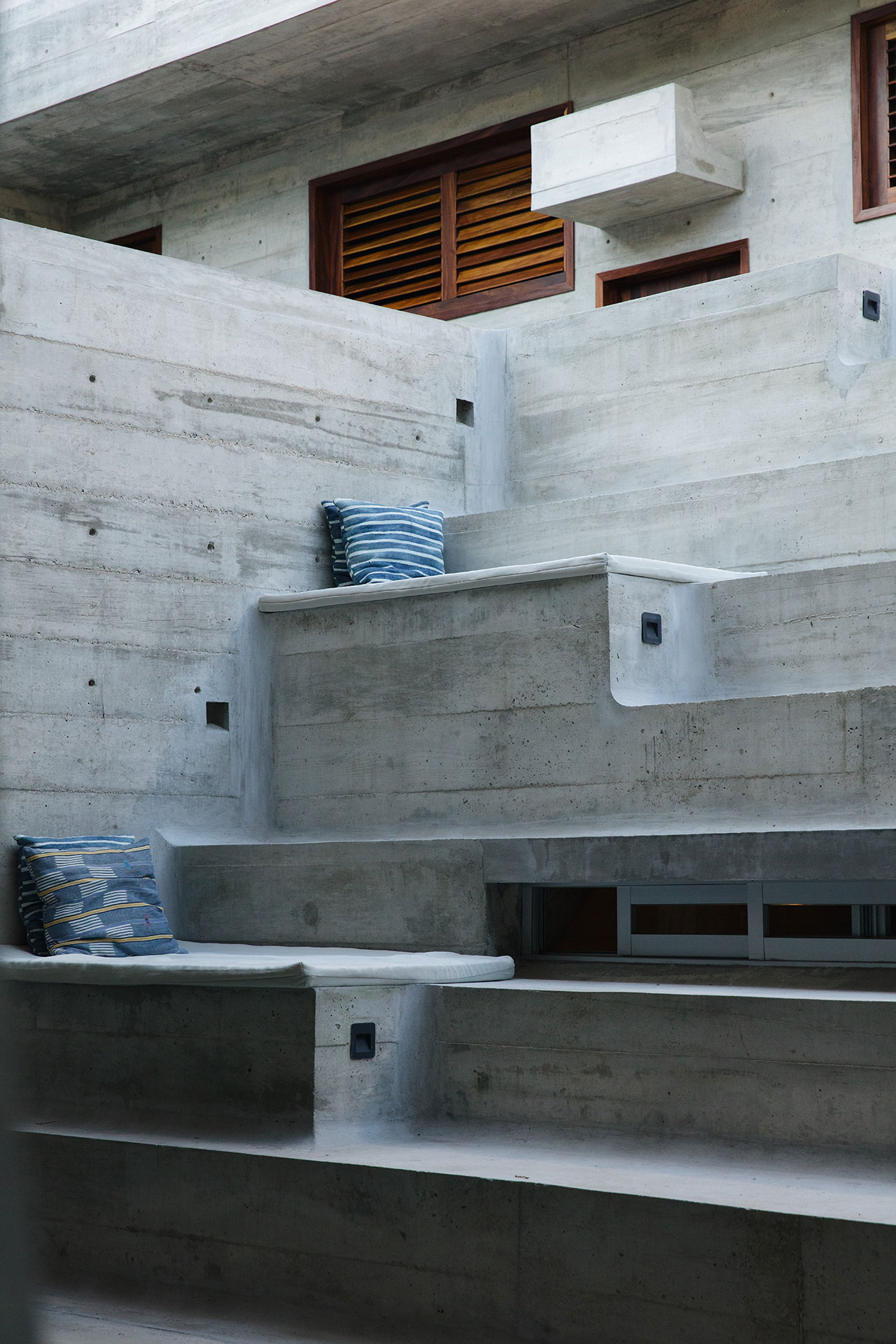
Photography by Nicole Arcuschin.
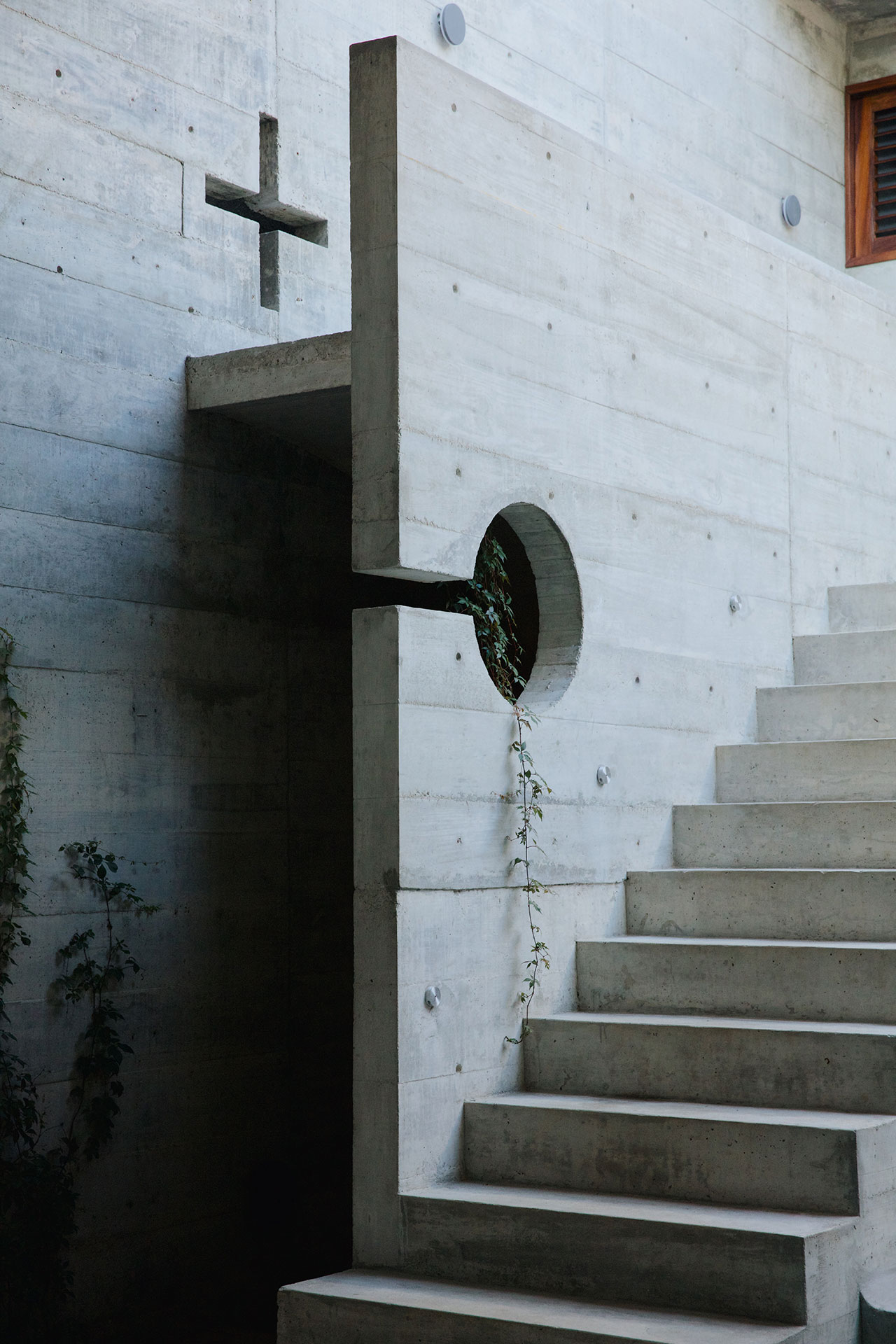
Photography by Nicole Arcuschin.
The prevalence of exposed concrete surfaces extends to Casa TO’s nine suites including in the use of built-in furniture, such as benches, shelving, vanities and guest beds, then softened by bespoke furniture handcrafted by local craftspeople, colourful rugs and tapestries, and an abundance of potted plants. Private gardens in the six ground floor suites and private terraces with plunge pools in the three suites on the upper level, add to the accommodations’ serene charm.
The architecture’s soulful minimalism is further complemented by the culinary offerings courtesy of chef Luis Pabón along with sommelier Gabriela Moreno, the duo behind the hotel’s restaurant Glou Glou. Based on fresh, local products, the all-day restaurant serves an à la carte breakfast in the morning, tapas-style dishes during the day, and a degustation menu in the evening that revisits ancestral culinary traditions. Pabón’s seasonal dishes are paired with a selection of organic wines from small producers, including low-alcohol reds, also known as glou glou.
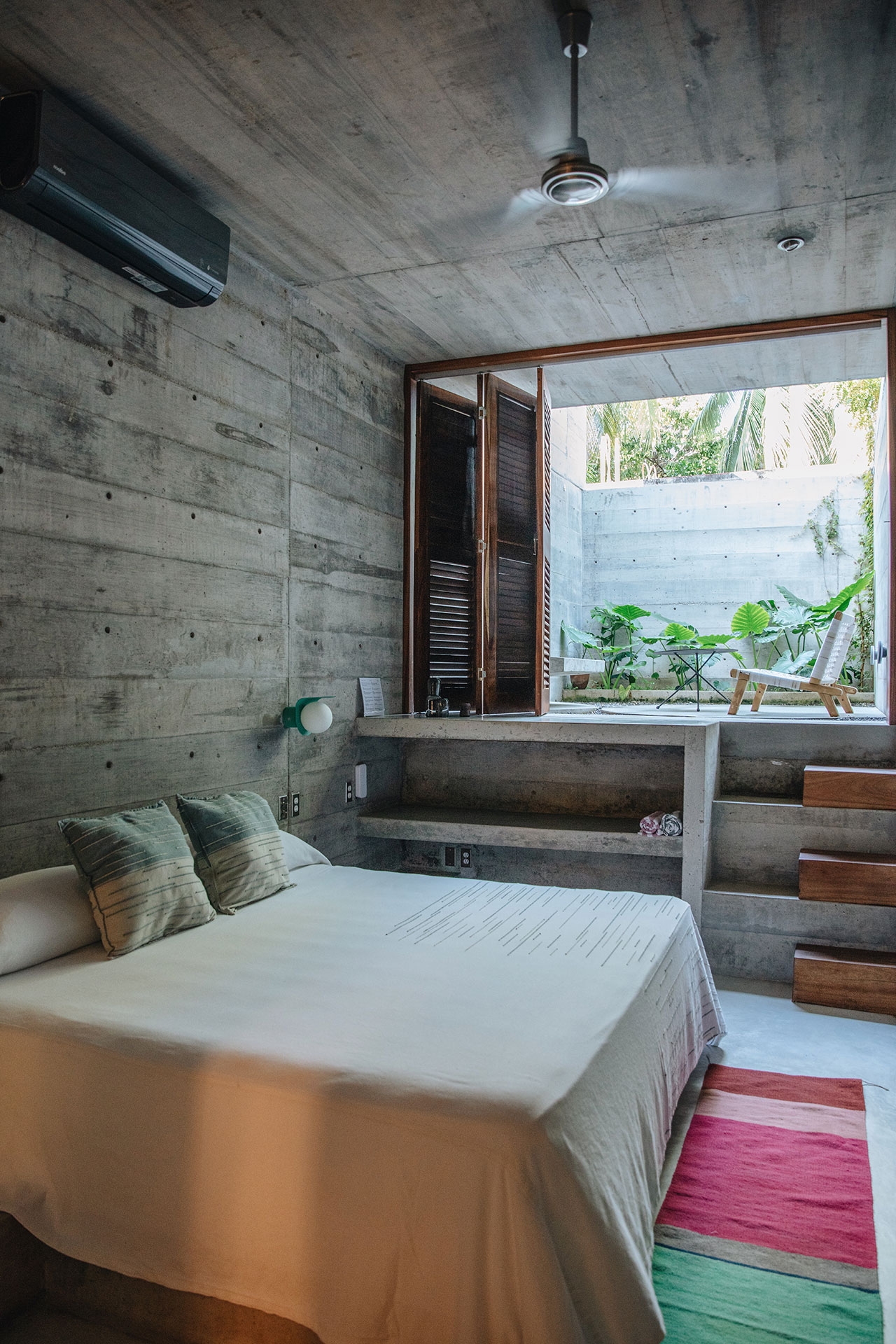
Photography by Nicole Arcuschin.
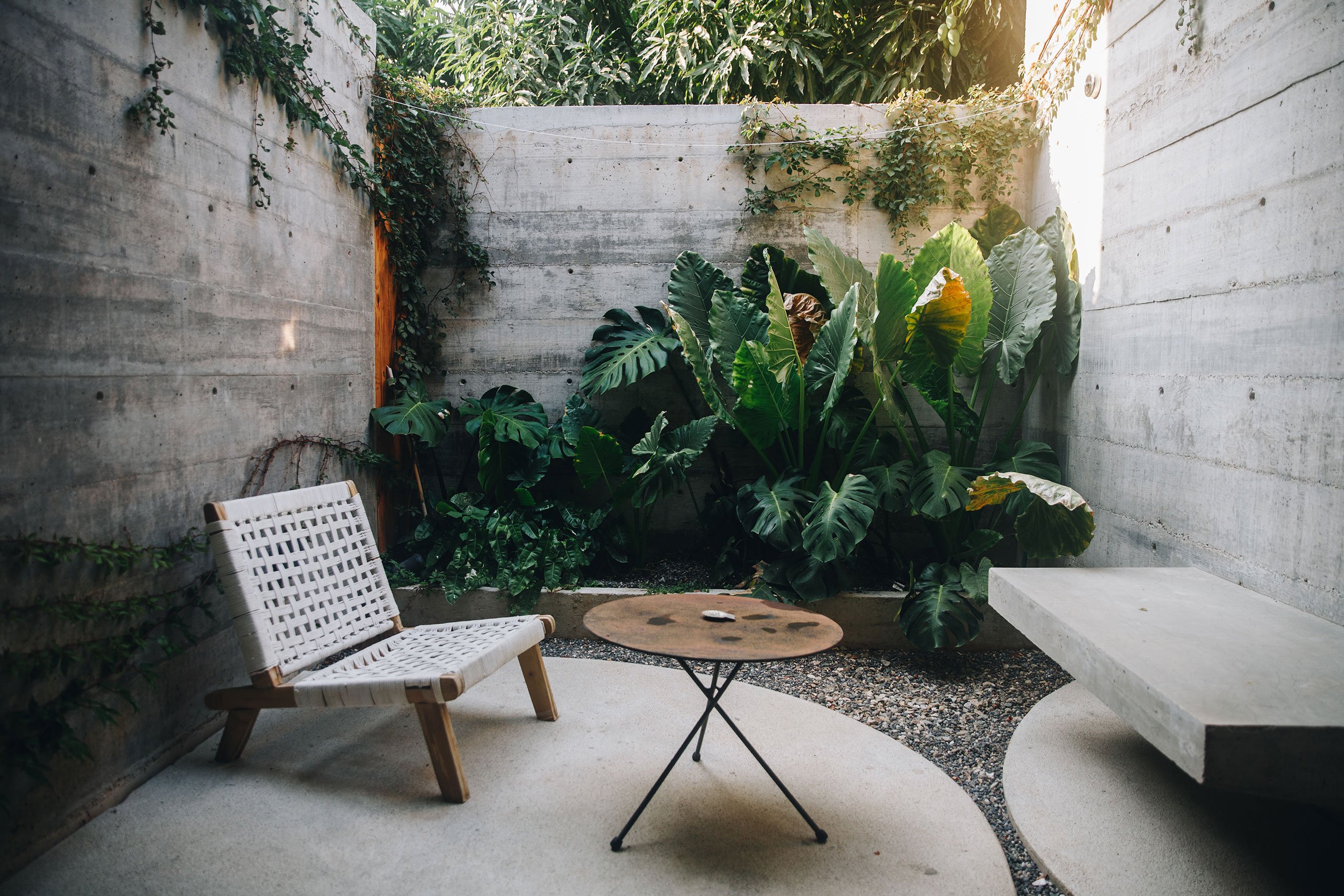
Photography by Camila Jurado.
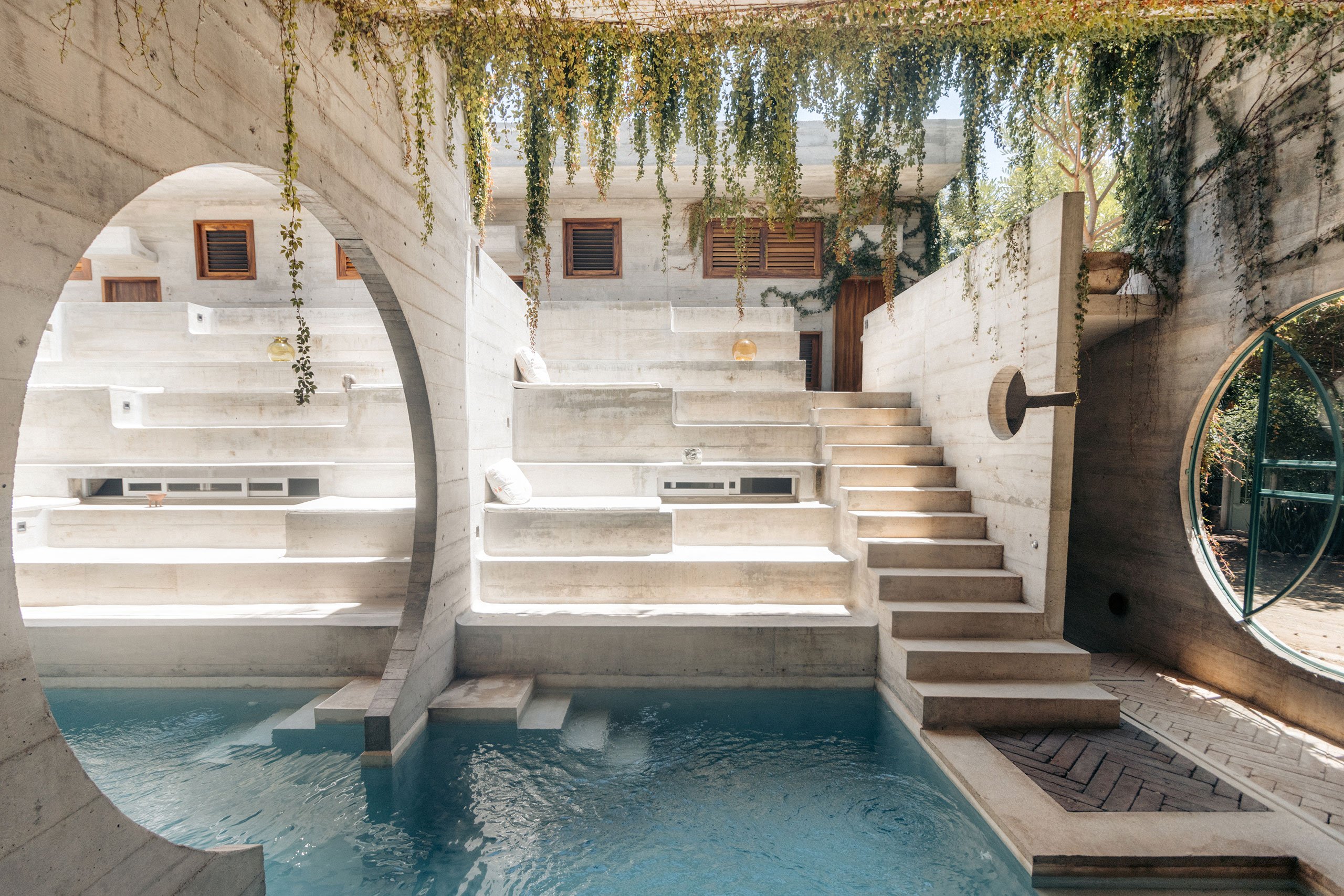
Photography by Arturo Gomez.
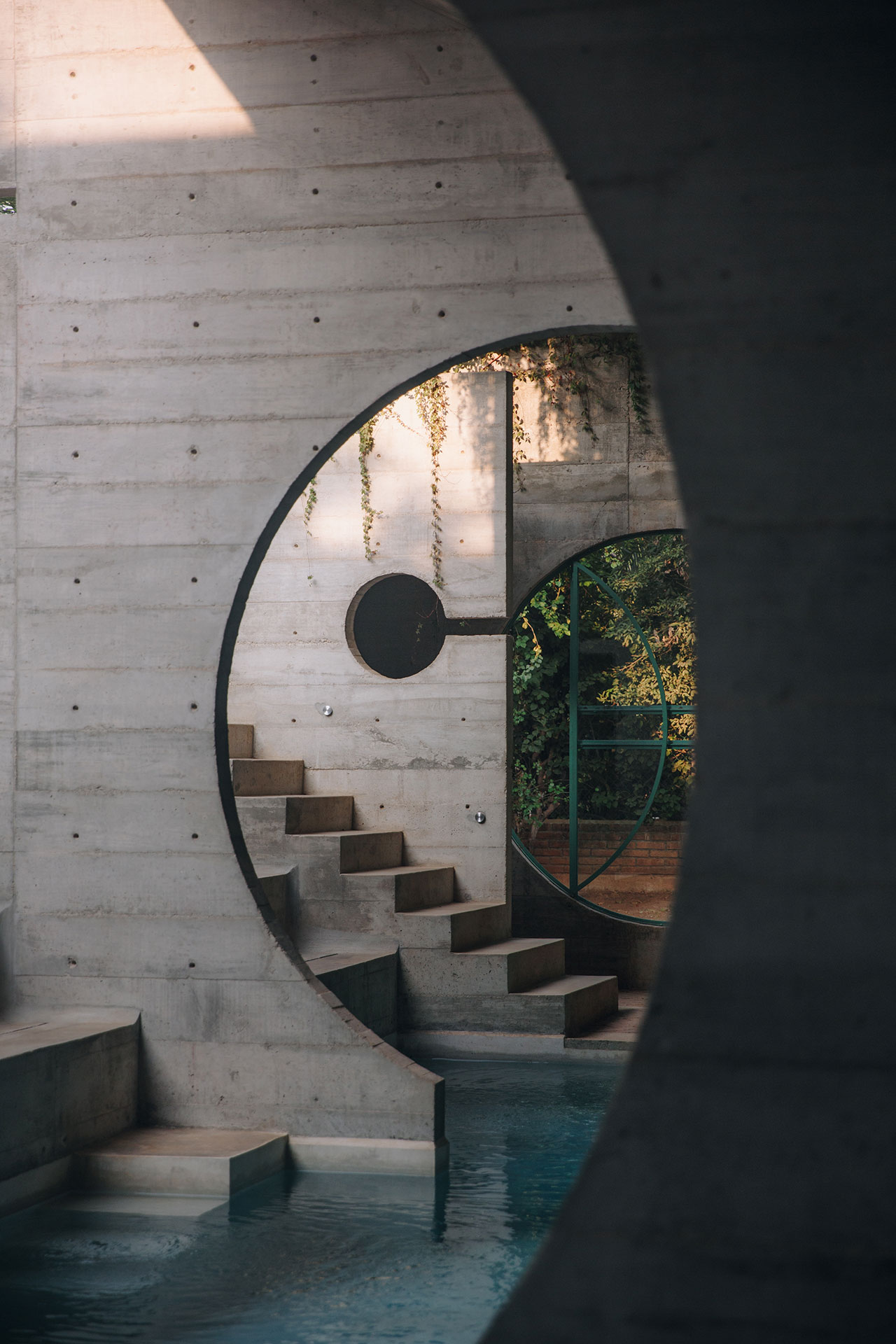
Photography by Camila Jurado.
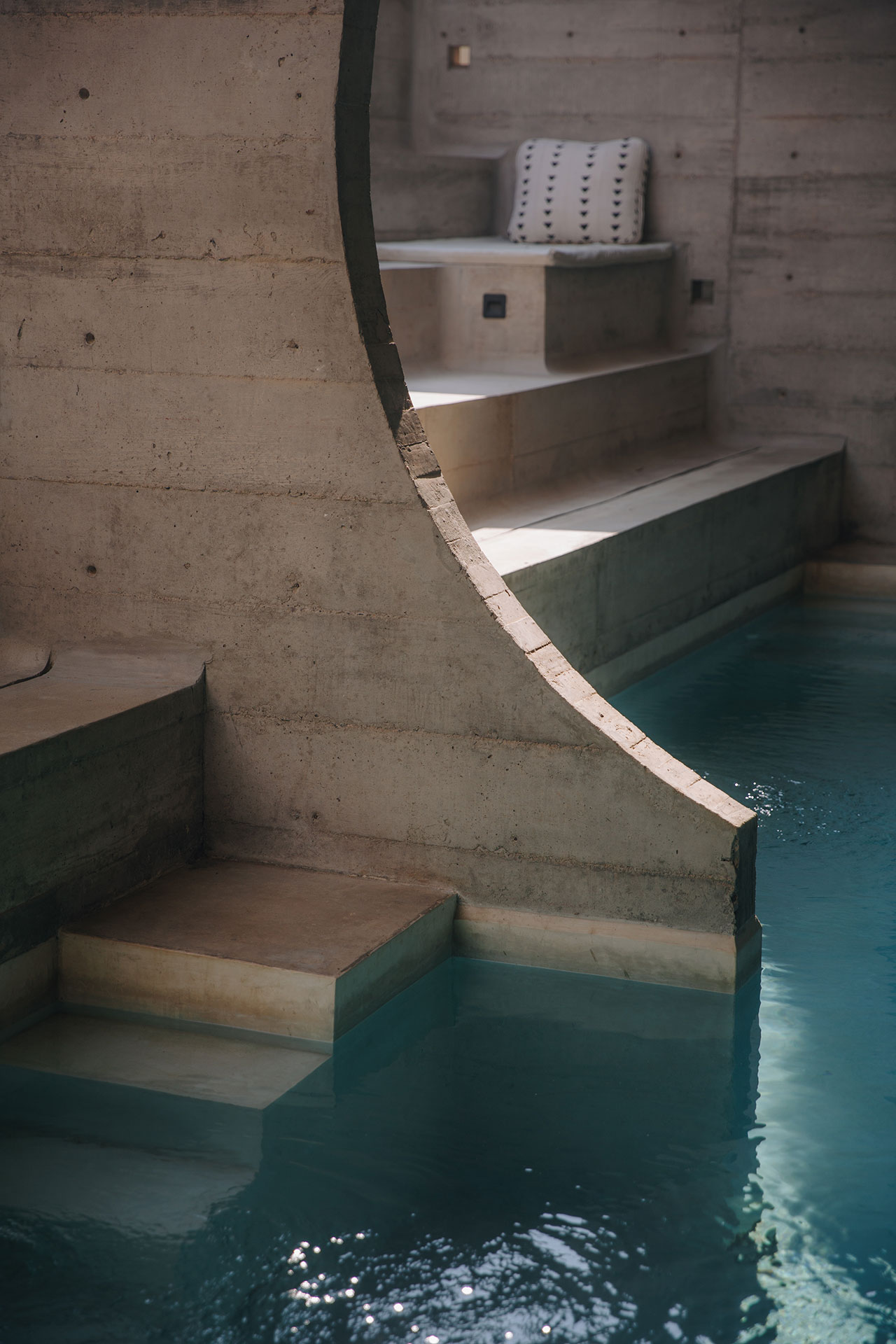
Photography by Camila Jurado.
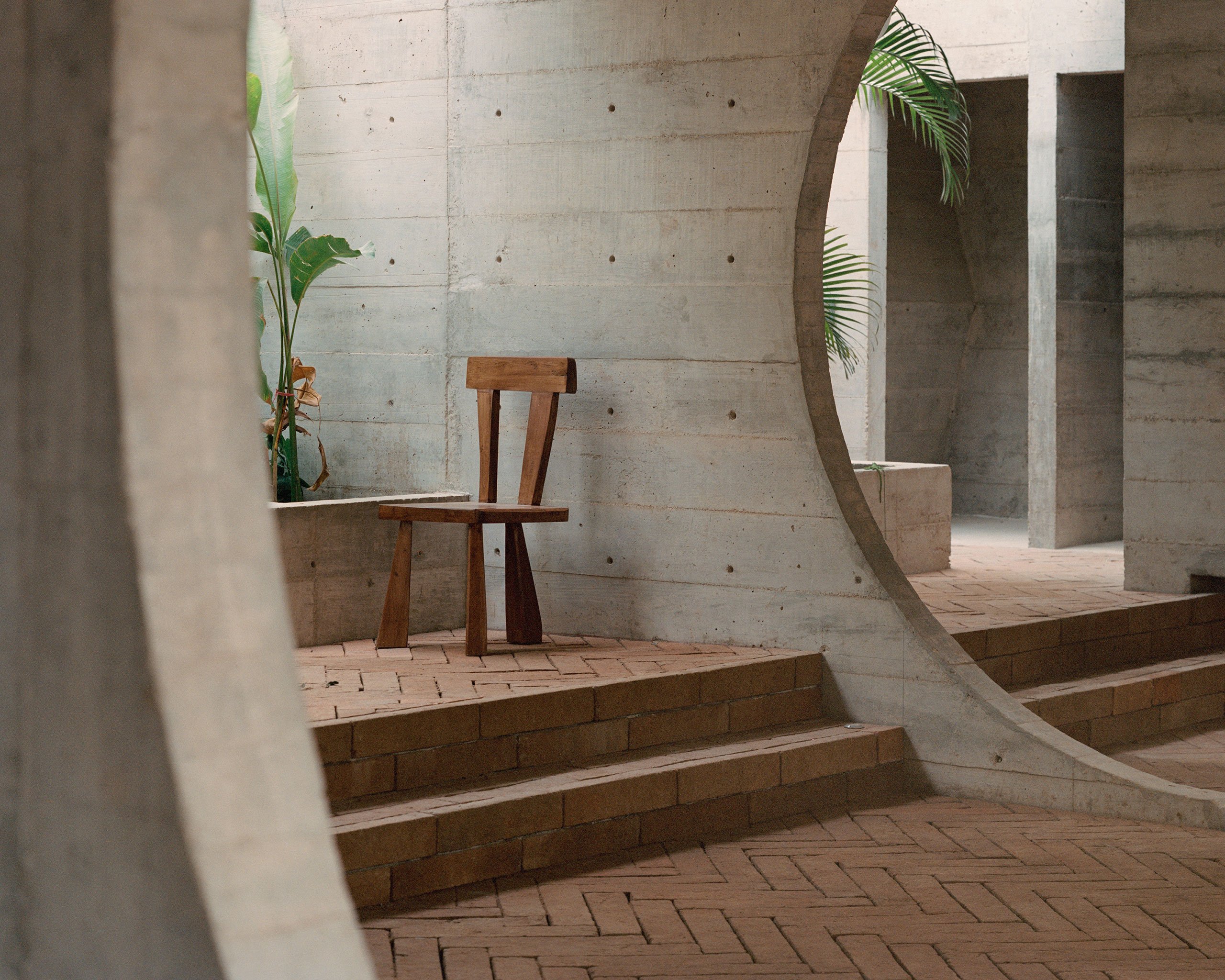
Photography by Rory Gardiner.
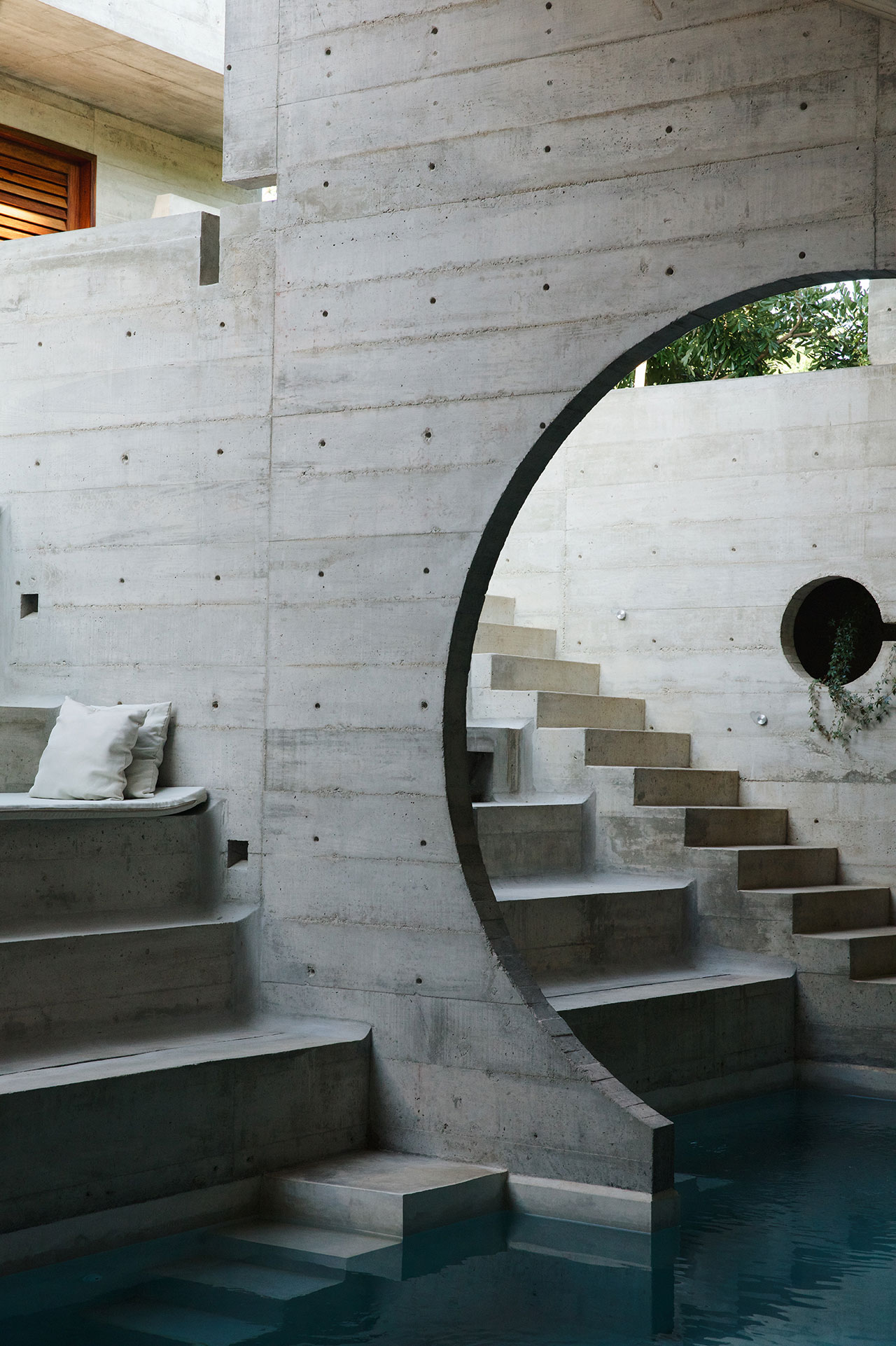
Photography by Nicole Arcuschin.
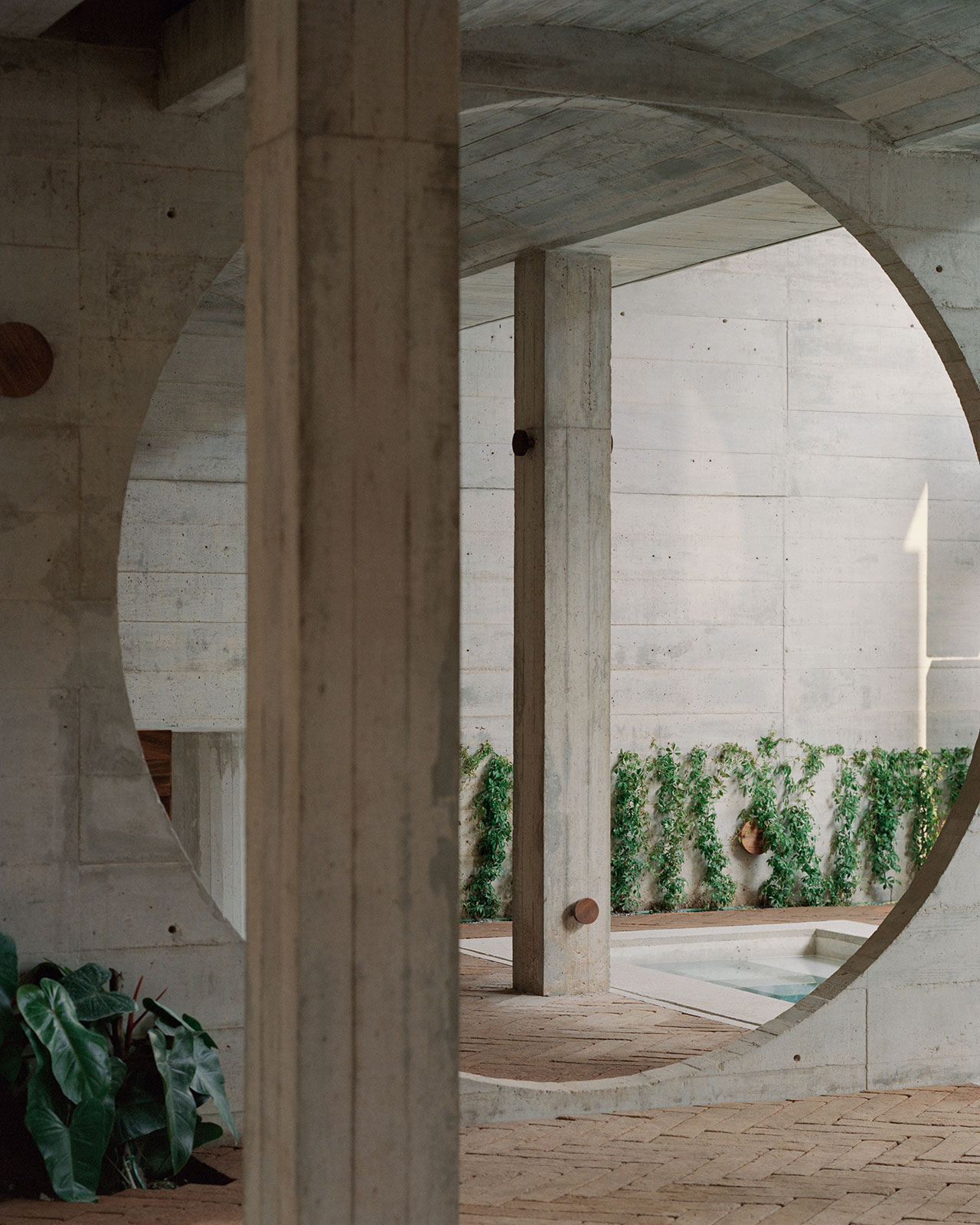
Photography by Rory Gardiner.
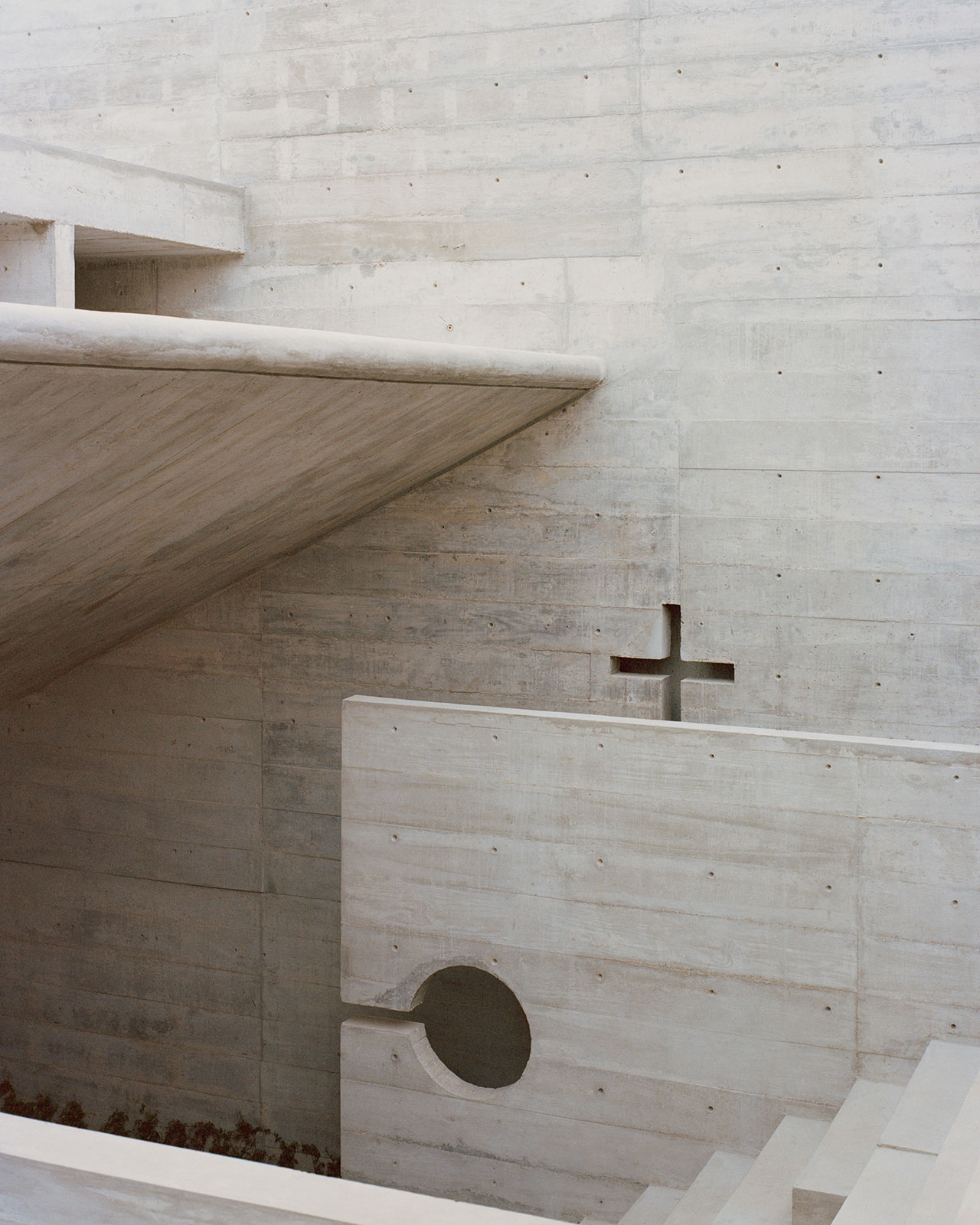
Photography by Rory Gardiner.
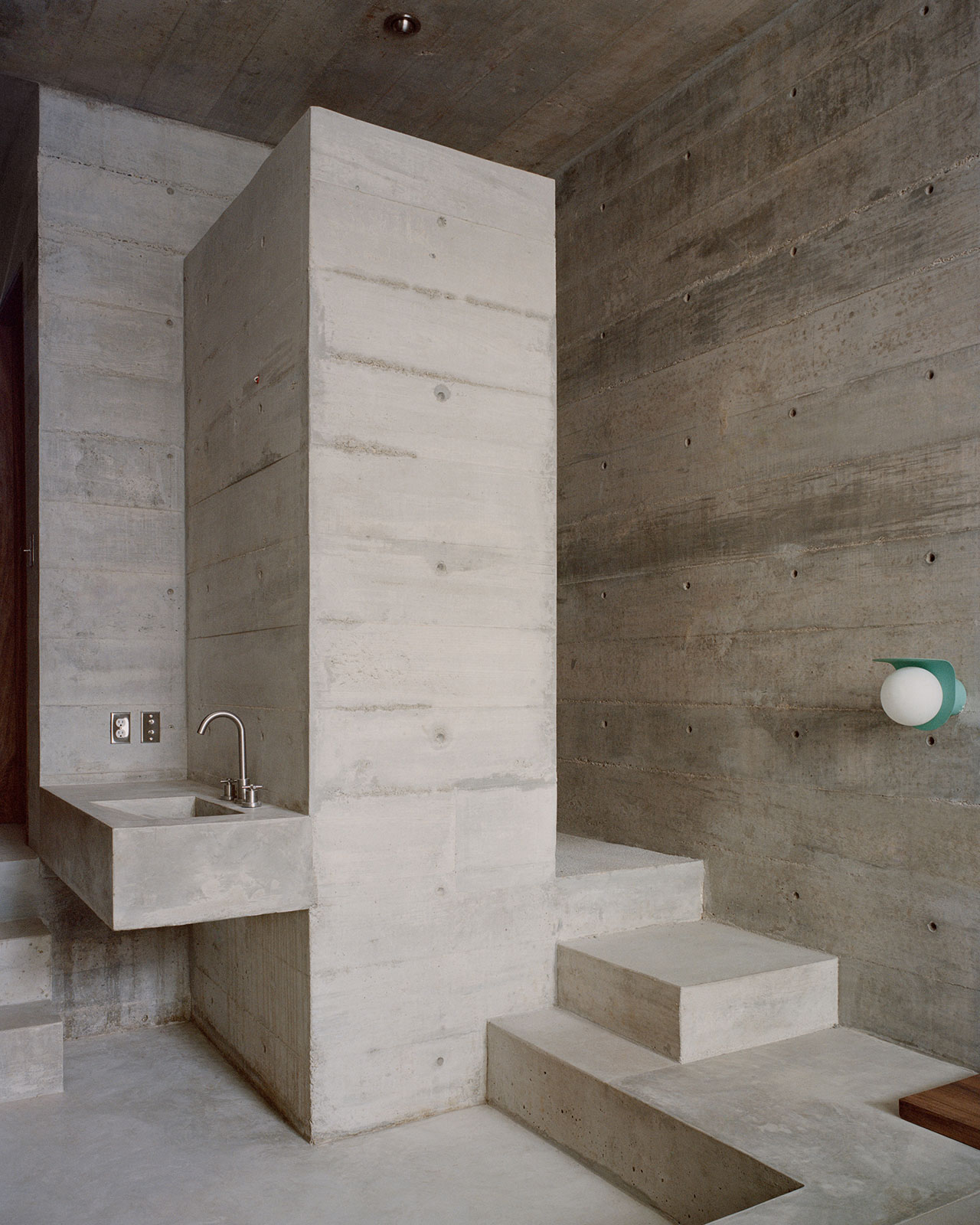
Photography by Rory Gardiner.
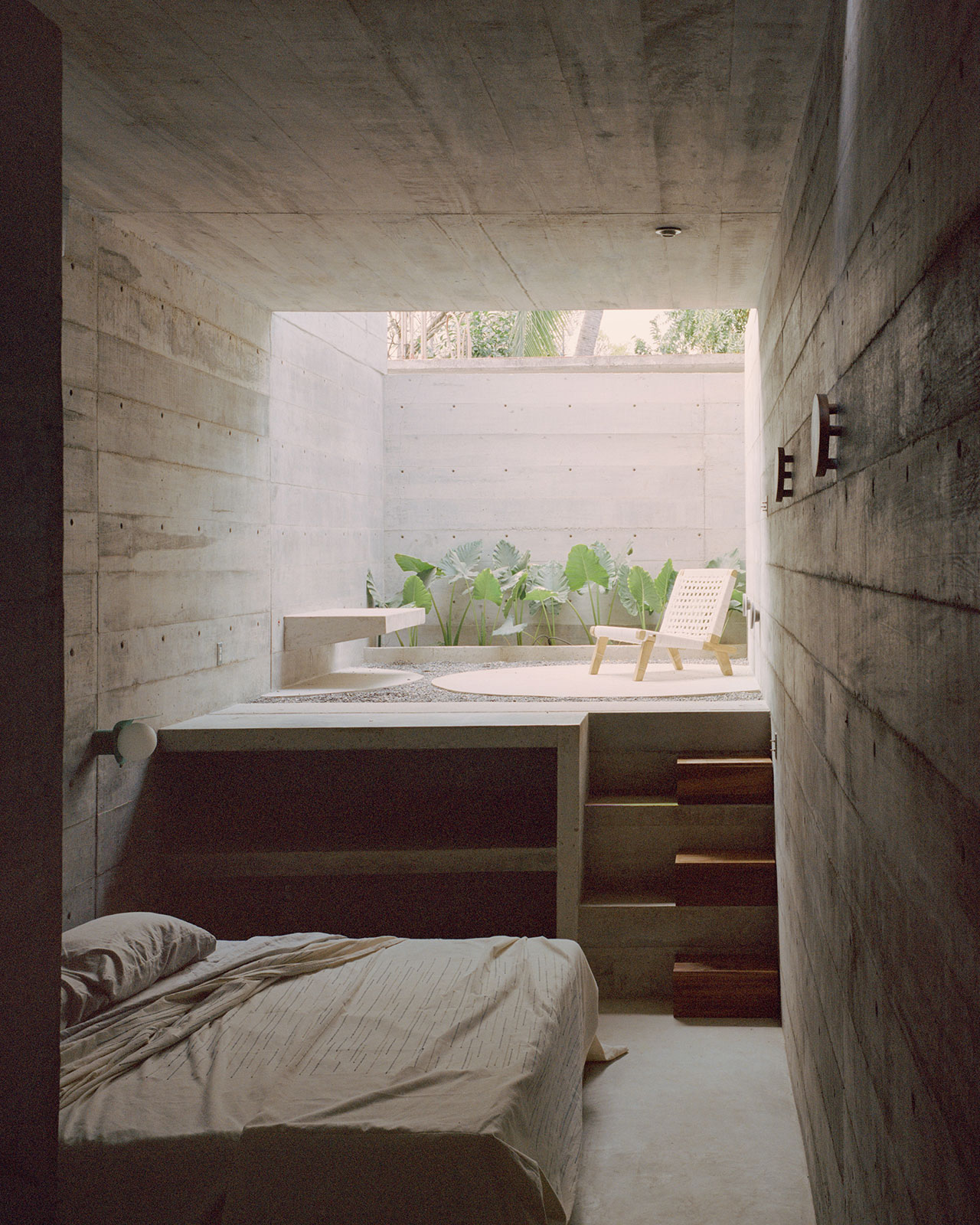
Photography by Rory Gardiner.
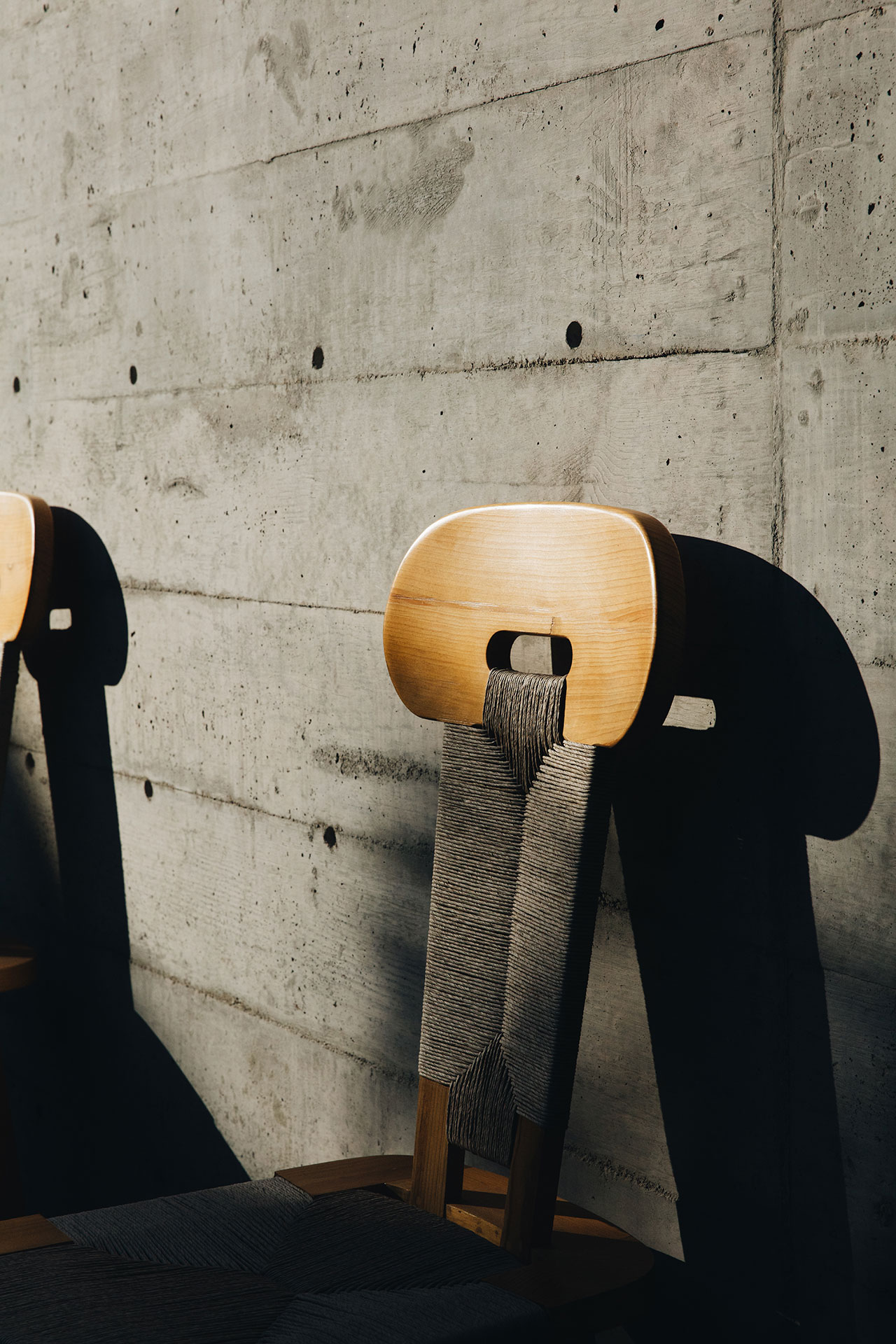
Photography by Nicole Arcuschin.
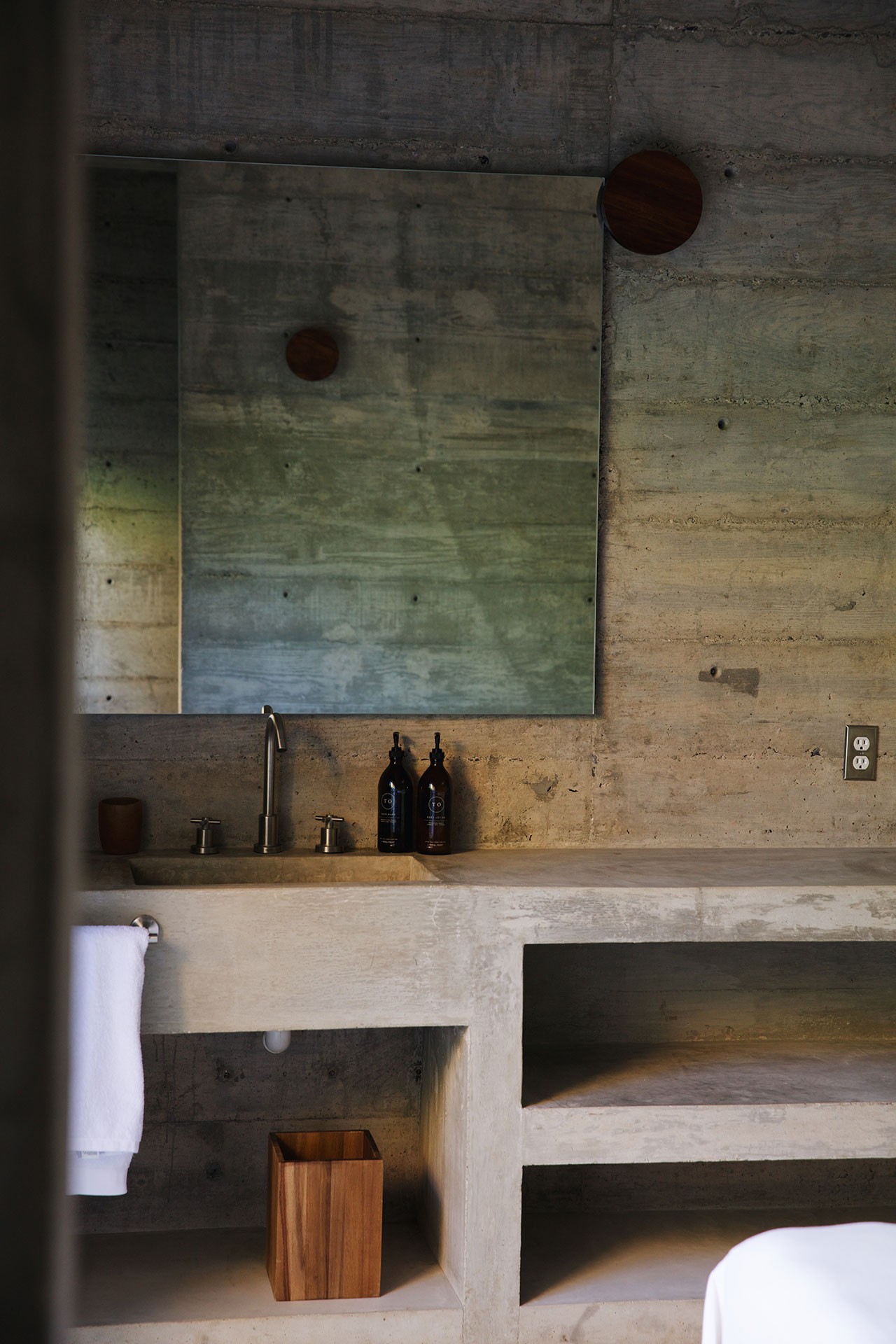
Photography by Nicole Arcuschin.
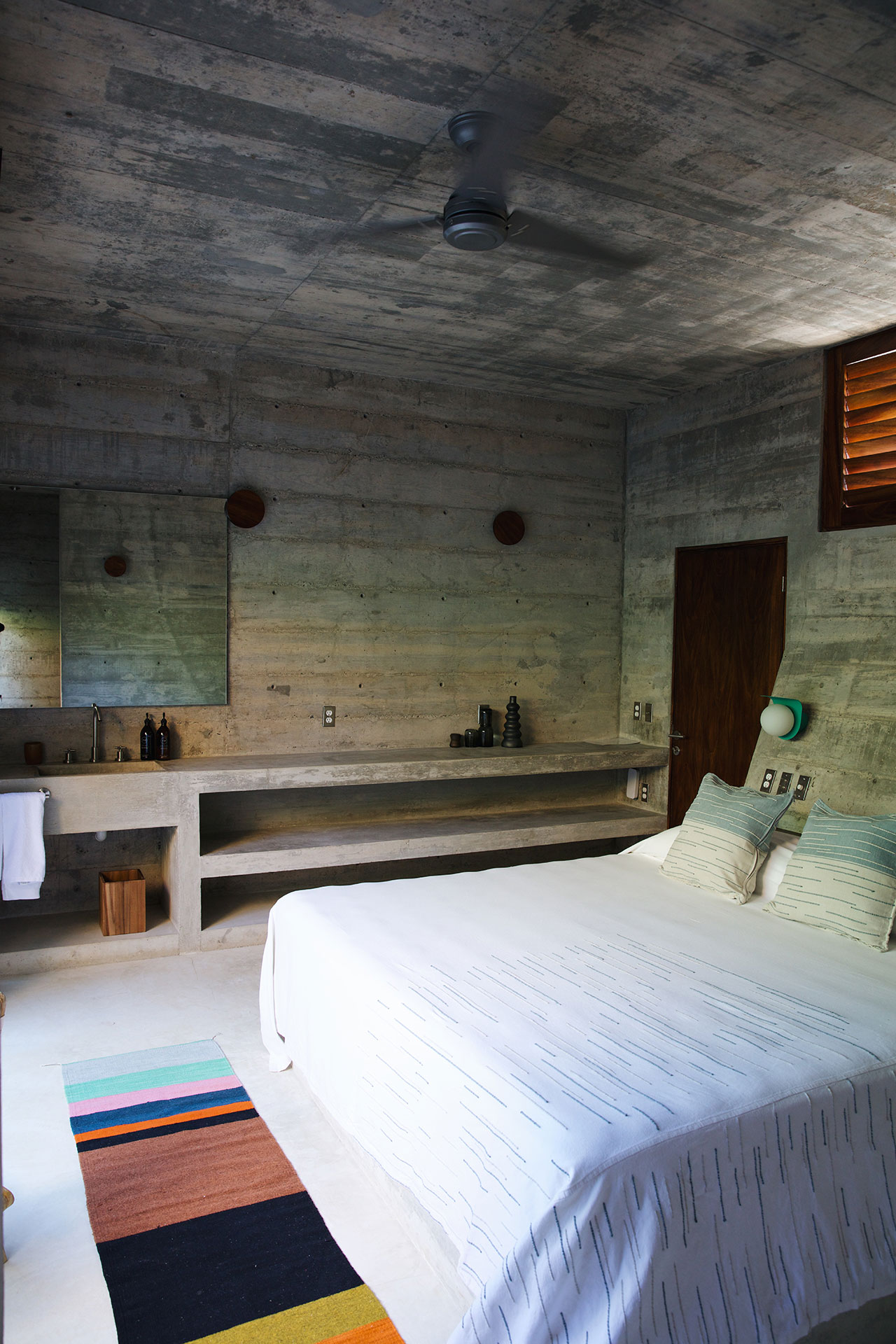
Photography by Nicole Arcuschin.
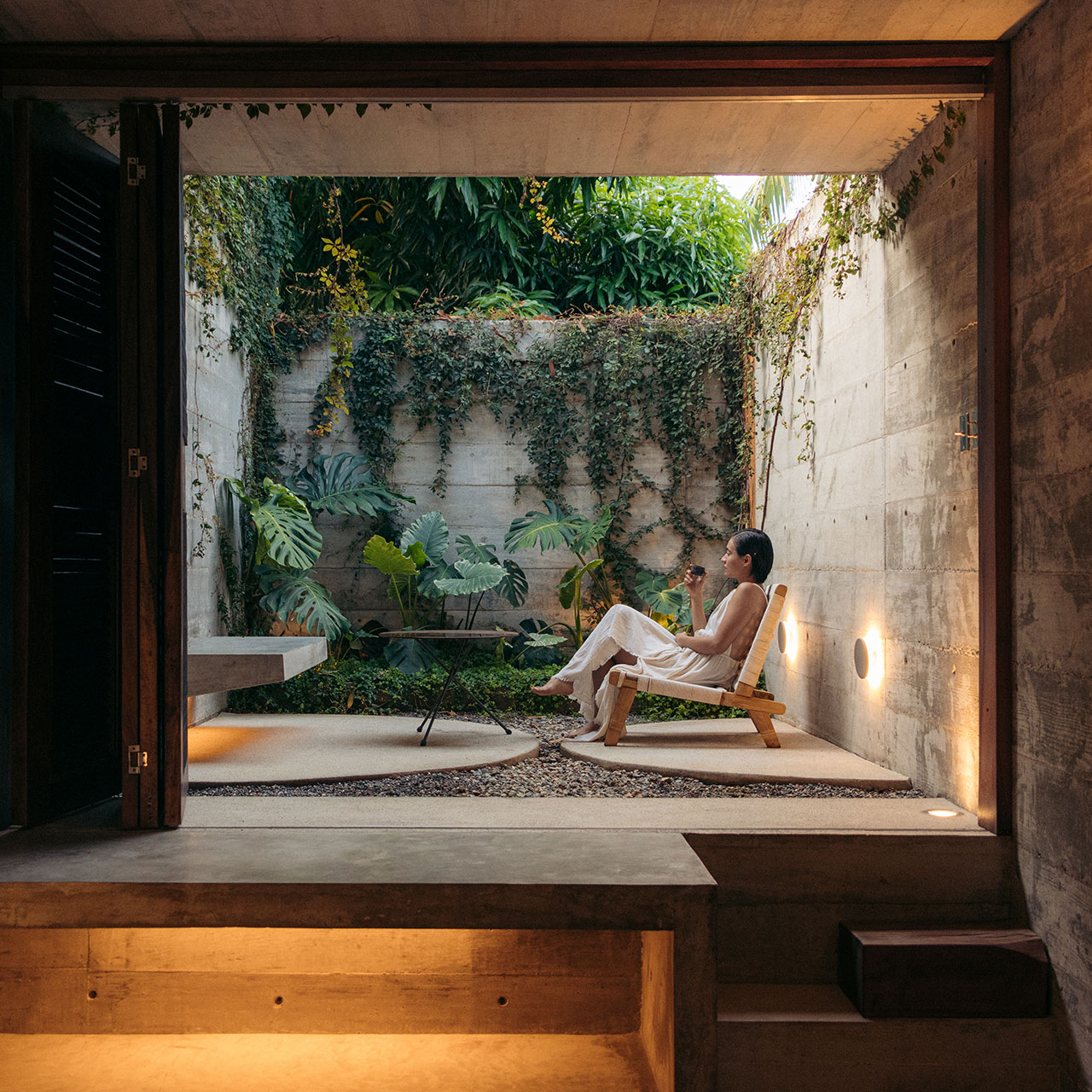
Photography by Arturo Gomez.




